The last stop of our ten-day road trip around Japan was the town of Okayama- which was our base for exploring the island of Naoshima. Naoshima was a lucky discovery because of Yayoi Kusama’s iconic pumpkin and Okayama was a lucky discovery because of Naoshima, as the closest town that offered moderately priced accommodation.
After a week on the road, that started with fresh, early spring in Takayama, continued with blossomy spring in Nagoya, followed by unpredictable spring in Iga and Shigaraki, and then sunny, late spring in Kobe, Okayama and Naoshima welcomed us with early summer. The sun was so strong that I walked around Naoshima with a shirt wrapped around my head, and the only reason we wore long sleeves was not to get sunburned.
We came to Okayama late in the afternoon, and were not particularly impressed by its broad boulevards lined with semi-tall rises- it all appeared a bit dull, and our hotel fitted well in that pattern. To Okayama’s defense, the city was heavily bombed and almost completely destroyed in World War II, which would explain its arid look. After dinner, we took a walk around the area designated on the map as the city center.
Wandering the night streets of Okayama, we noticed a couple of manhole covers with an image of a firefighting boy. Those artsy manhole covers are a common (and pretty cute) thing in Japan, its tradition dating back to the ‘80s, when a bureaucrat from the ministry proposed for the municipalities to design their own covers, thereby making costly sewage projects more acceptable to taxpayers. Read the whole story here, it’s quite interesting. At first we confused the firefighting boy for Peach Boy, or Momotaro, a hero from Japanese folk tale originating from Okayama.
Peach Boy, was (according to the tale) born from the peach, adopted by an elderly couple that found the peach floating in the river, and ventured out on a distant island to fight the demons, accompanied by his trusty talking dog, monkey, and a peasant. Everything seems to be peach-themed in Okayama. We saw a Momotaro sculpture right outside the JR Station building and drank a tasty slightly alcoholic peach juice- Okayama is obviously also known for its delicious peaches. There are, of course, Peach Boy covers in Okayama as well.
The next morning we took the Uno line train to Uno port, from where we were catching a ferry to Naoshima island. I read just a bit about the island before our trip, and what I knew was that it was home to Yayoi Kusama’s yellow pumpkin, numerous other installations, and a couple of museums. Certainly enough to make me want to visit. As usual in Japan, the trip went smoothly, its best feature the completely new ferry (so new that it smelled of paint), with armchairs in the cabin and big windows to enjoy the view of Seto Inland Sea. Fifteen minutes ride felt too short. The ferry docked in Miyanoura port, where another Yayoi Kusama’s pumpkin greeted us- the red and black one, resembling a giant ladybug-turned-pumpkin, along with a dotted Yayoi Kusama inspired bus. I liked that place at first glance, even before we docked. We rented electric bikes in the port, as the island does get a little bit hilly, took a map, and headed in the direction of the museums.
We haven’t left the port yet and already had to stop at Sou Fujimoto’s Naoshima pavilion that I’ve seen on the photos before, and that looks even more fantastic in person. Geometric in form, airy and lace-like in texture, like a translucent precious stone that landed in the port and unobtrusively submerged into its surroundings. Like Kusama’s red and black pumpkin, you can enter the installation, sit in it or climb it, art is here to touch and feel.
Once we left the port we were on the road with almost no cars, surrounded by exuberant vegetation so different from ours that if I was teleported to that place I’d knew we were somewhere far, almost tropical. Even the smells were different, pungent to our olfactory routine. To our right, the coast with a single crane drying its wings, to our left, splashes of pink among the shades of green so beautiful that I had the urge to share them with all the people I care about back at home. So here they are, obviously not as beautiful on photos as in real life, but nevertheless.
In the late eighties, Naoshima and the neighboring islands of Teshima and Inujima were places with an aging population, where refineries have been built and illegal waste dumped on. The Benesse Corporation bought a piece of land on Naoshima and started investing in art on the island, building a number of museums (mostly designed by Tadao Ando), a hotel, and financing art installations. Even the public buildings on the island are thoughtfully designed. We came to Naoshima on a Monday, and both the Chichu Art Museum and Lee Ufan museum were closed. Luckily, Benesse House Museum was open, so I can’t really complain as it was one of the most impressive places I’ve ever been to.
Since we drove by Lee Ufan Museum, we wanted to wander around a bit, despite it being closed. We would have done it if it wasn’t for the robot that started telling us something in a voice that didn’t sound inviting as soon as we approached the stairs to the museum. On our way to Benesse House Museum, we also stopped by Tsuyoshi Ozawa’s installation 88 Slag Buddhas, made from the slag that was left after illegal waste from Teshima was melted down and detoxified. You can read the entire story here.
While we were driving we noticed animal movements in the bushes, and then saw a sign that said “don’t cross the fence, wild boars are roaming here”. Do I have to mention that the “fence” was about 30 centimeters high and that any animal could cross it without a problem? I was ready to climb the first tree, but the boars seemed to be used to visitors, and we got to the museum safely.
Benesse House Museum is the type of museum, where you’d like to stay all day, and not because it’s too big- actually it’s the perfect size to be able to enjoy and not to feel overwhelmed with art. You’d like to stay because the concept of “coexistence of nature, art, and architecture”, as the museum proclaims it on its website, really works here. The building, designed by Tadao Ando opens up to its beautiful surroundings on all levels, and the art is exhibited not only in its interior but also on its terraces and inner courtyard, which results in sort of blurred lines between nature and art, interior and exterior. Around the museum, the artists such as Yayoi Kusama, Niki de Saint Phalle, Shinro Ohtake and Walter de Maria created site-specific art installations, the iconic Yellow Pumpkin on the dock being just one of them.
The museum’s cafe has the most splendid view, and even though I’m the first one to skip the museum cafeterias’ food, the creamy pumpkin soup was the most delicious I’ve ever had, and pasta with tomato sauce got pretty close to its Italian model. That entire day was a dream, but the terrace with the view of the Seto Inland Sea and its small islands was a highlight.
After lunch, we descended to the beach for a leisurely walk and then headed in the direction of the pumpkin. I guess that owing to the island’s remoteness, the crowd surrounding the installation was quite small, and we got the chance to observe it in peace, take a couple of photos and even a short video that I’ll link to at the end of this article. The pumpkin is every bit as quirky and impressive on the background of the pastel-colored sea, and somehow seeing it laying peacefully there, as a part of the environment, gave me a positive feeling that anything is possible- just as seeing a giant pumpkin docked on a pier is.
On our way back to the ferry, we drove trough Honmura port, where another delightful sight waited for us- the Studio Sanaa’s cloud-shaped port terminal building. Quite a cool spot to park your bike in. Again, the light, bubbly building fitted perfectly in calm, pastel surroundings of the port. There was also a cafe called Konichiwa which I regret not having time to have a drink at, because it was so Japanese and had a cute little terrace with 4 ice cream-colored stools. We had to catch the ferry for Uno port, so we kept on pedalling until we reached Miyanoura port where we said goodbyes to Naoshima and decided we’d be back.
The next day in Okayama we changed our minds about the city- as it usually happens with Japanese places we found dull at first (read my Iga and Shigaraki story on that account), we found something beautiful in it. We had the entire morning to spend in the Korakuen garden, one of Japanese best three landscape gardens (we have also been to Kanazawa’s Kenrokuen garden the year before, should you be that much interested in pretty gardens). We came just in time to witness the passing of the cherry blossom season, which had its grand finale just as we were sitting under the trees- the wind blew, and a whirlwind of pale pink petals surrounded us in what we refer to as “sakura storm”. Next to us, a large group of elderly men had a hanami (cherry blossom viewing) picnic- I will never stop being impressed with that beautiful Japanese custom, practiced by young and old. As we were taking a walk through the garden later, an elderly employee of the garden approached us and asked where we were from. When we said Croatia, he pulled two caramels out of his pocket and handed them to us as we were the first visitors from Croatia that he had met. Now, how not to love Japan?
———
Here is the video we made about Naoshima! Let me know what you think. :)
*If you enjoyed this post or this video, and feel like you’d like to contribute to keeping this blog alive, you can do it so by a simple act of buying me coffee. Thank you!
And if you want to save this article for later, here are two “Pinterestable” images!


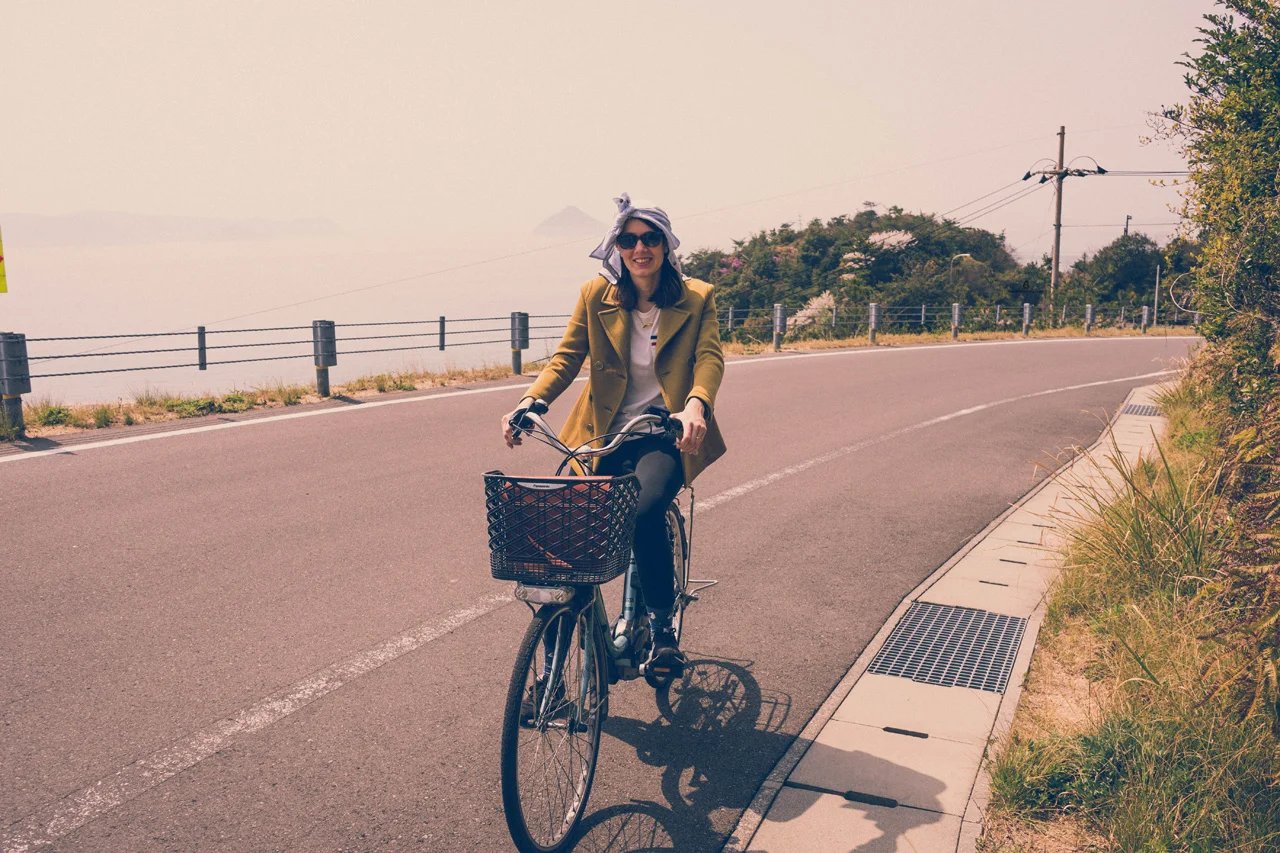

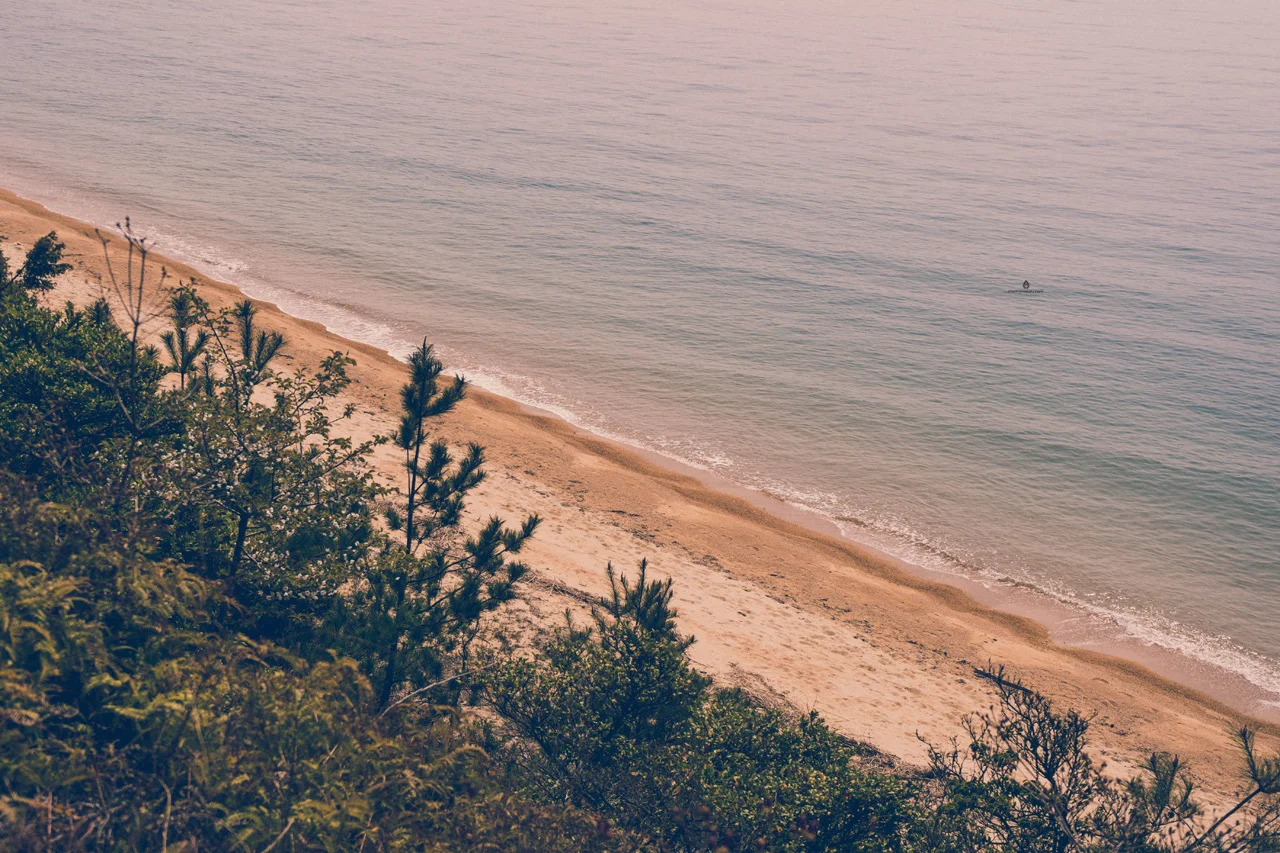

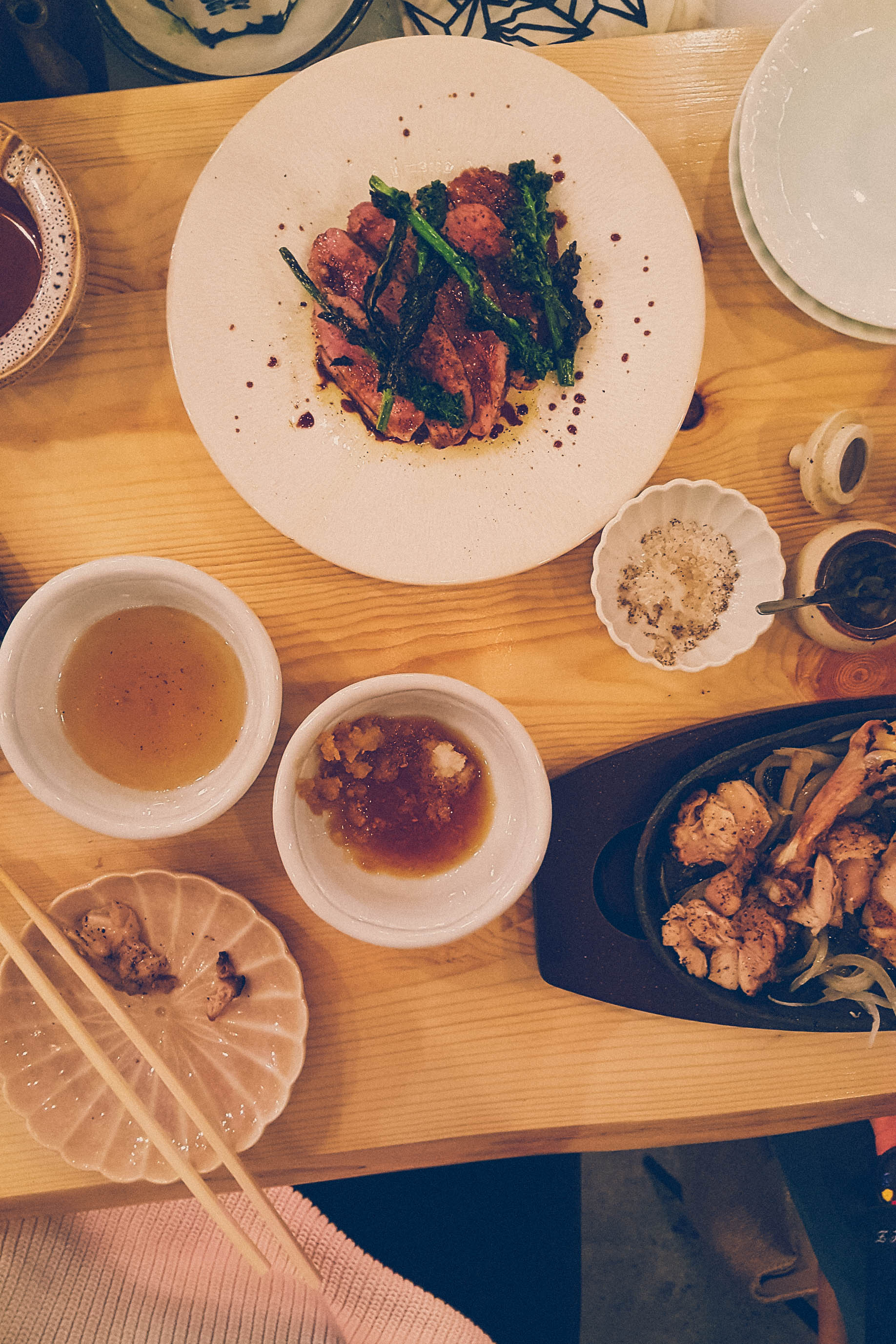
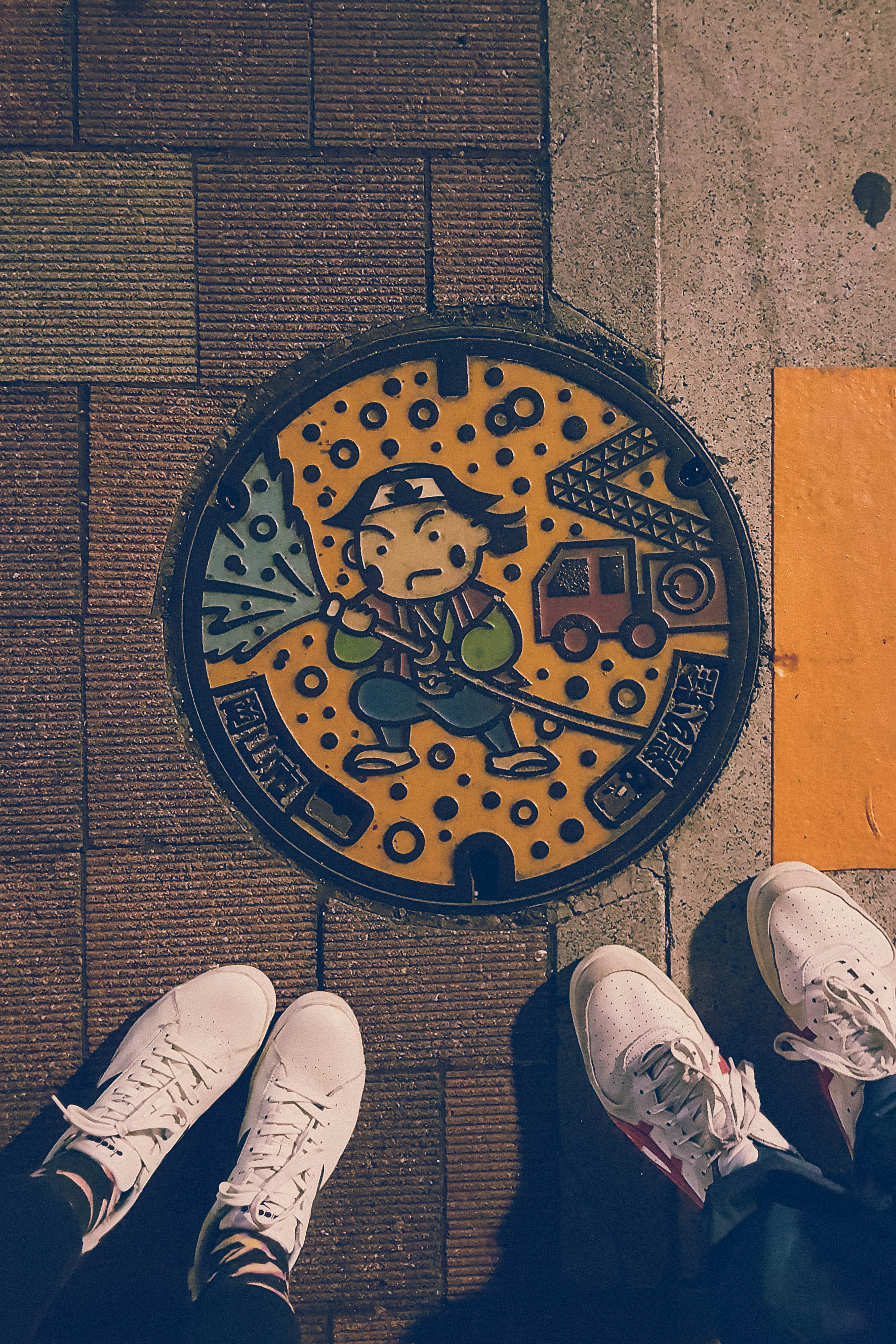
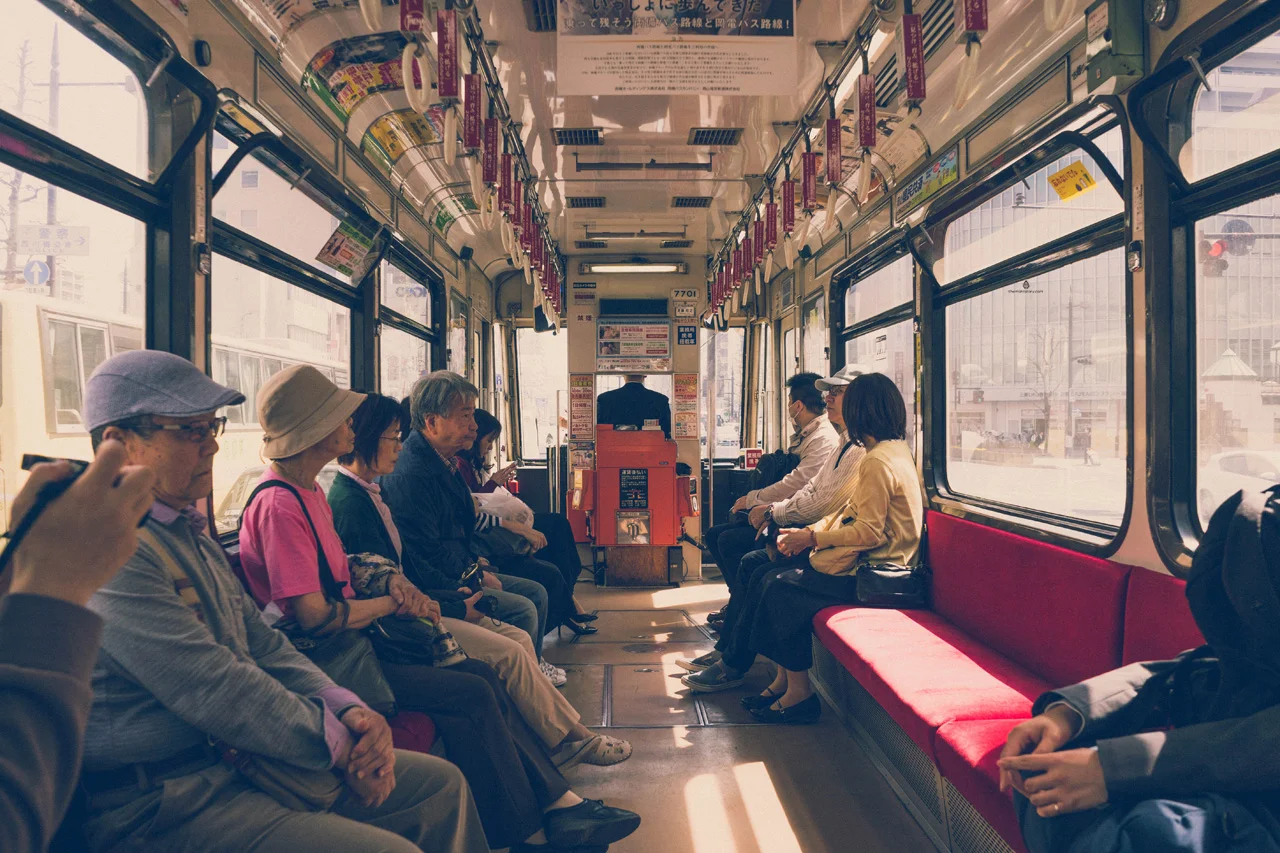
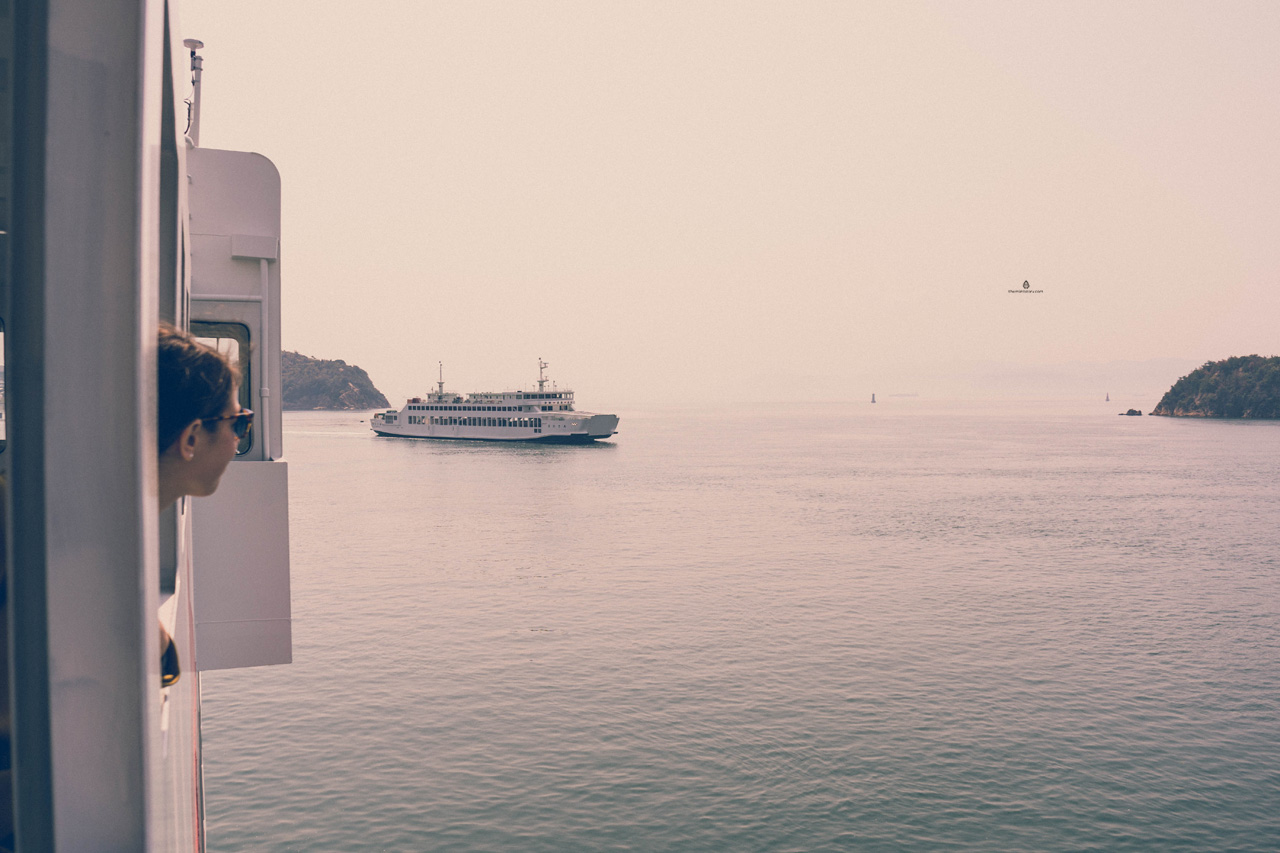
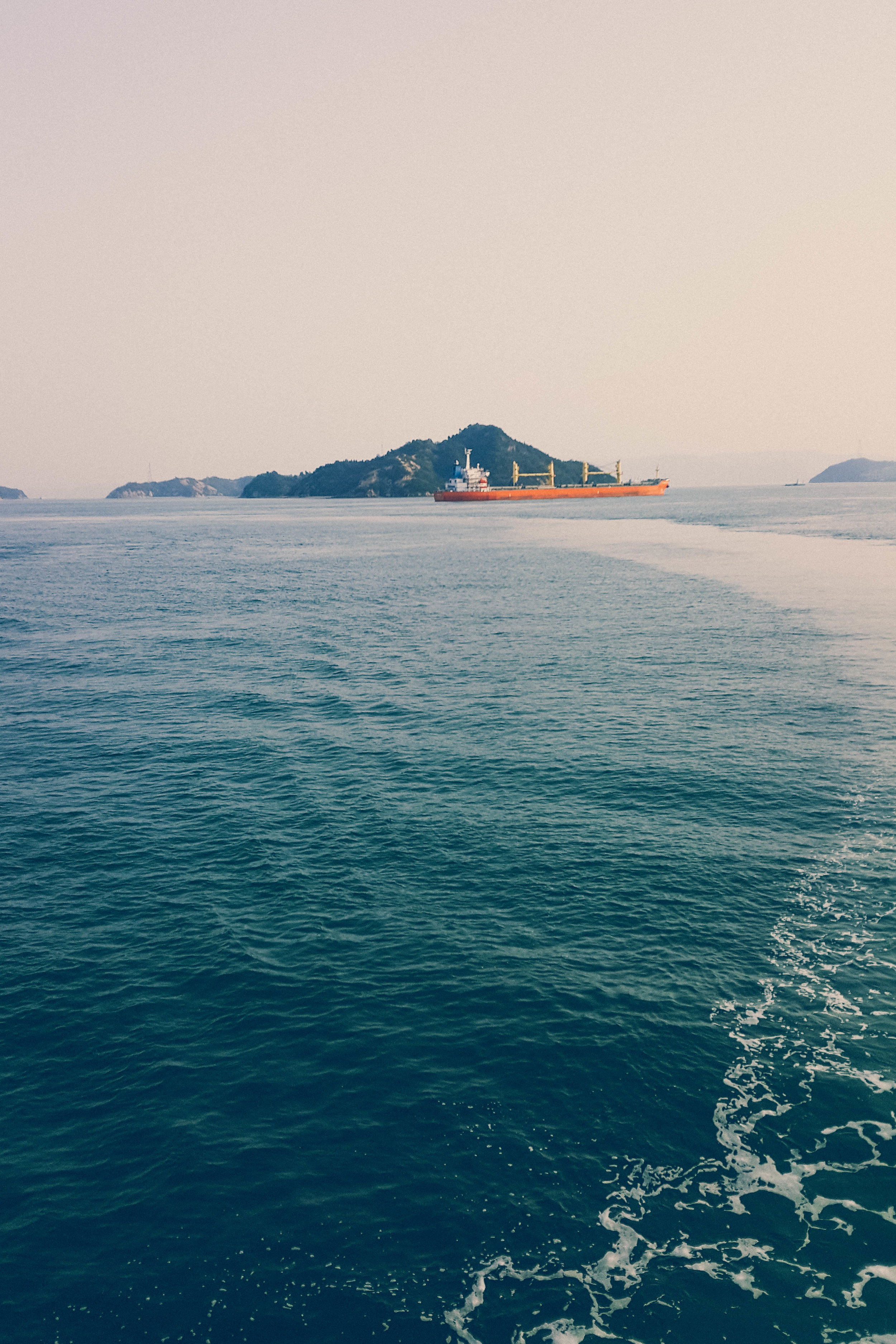
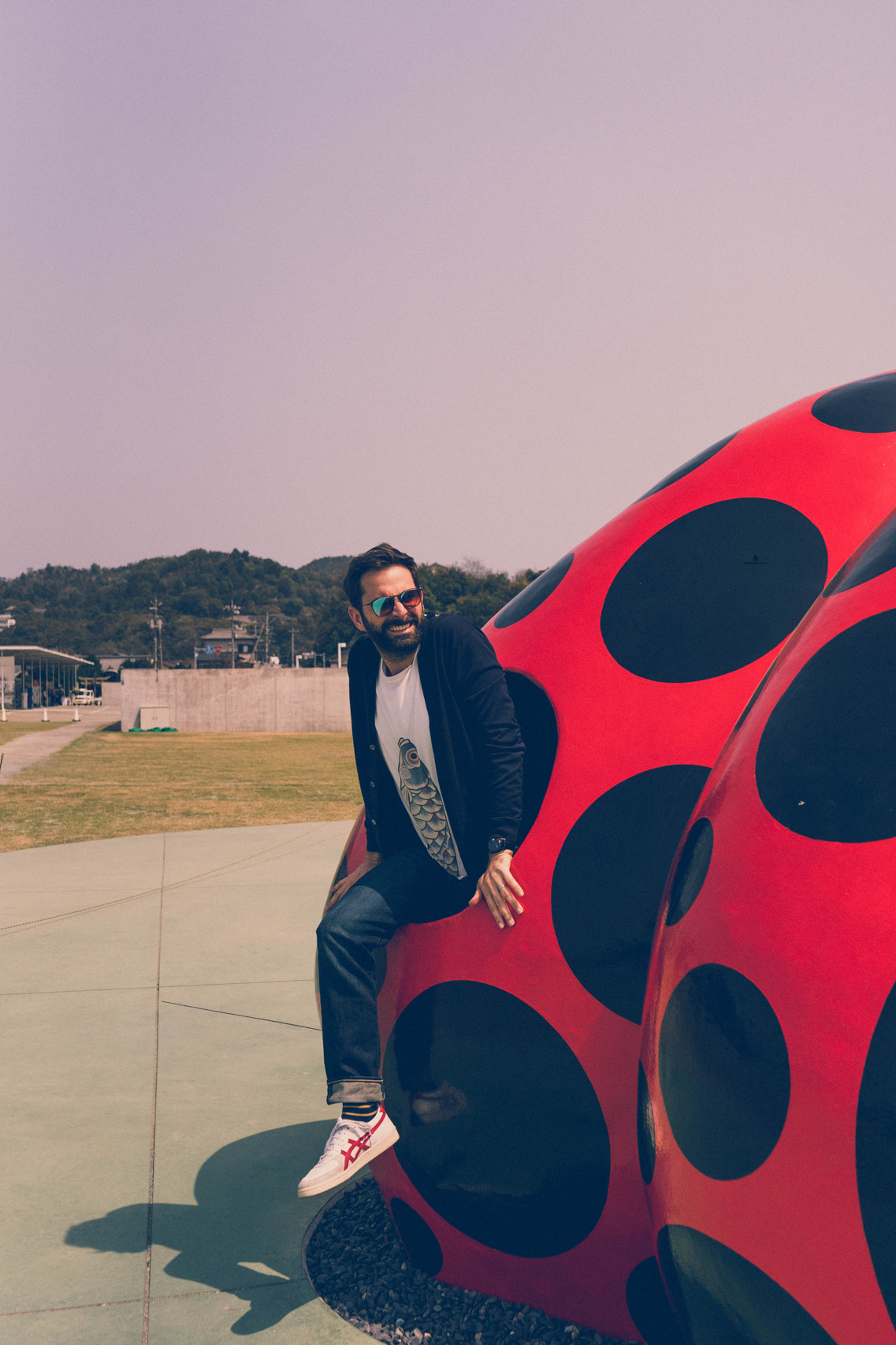

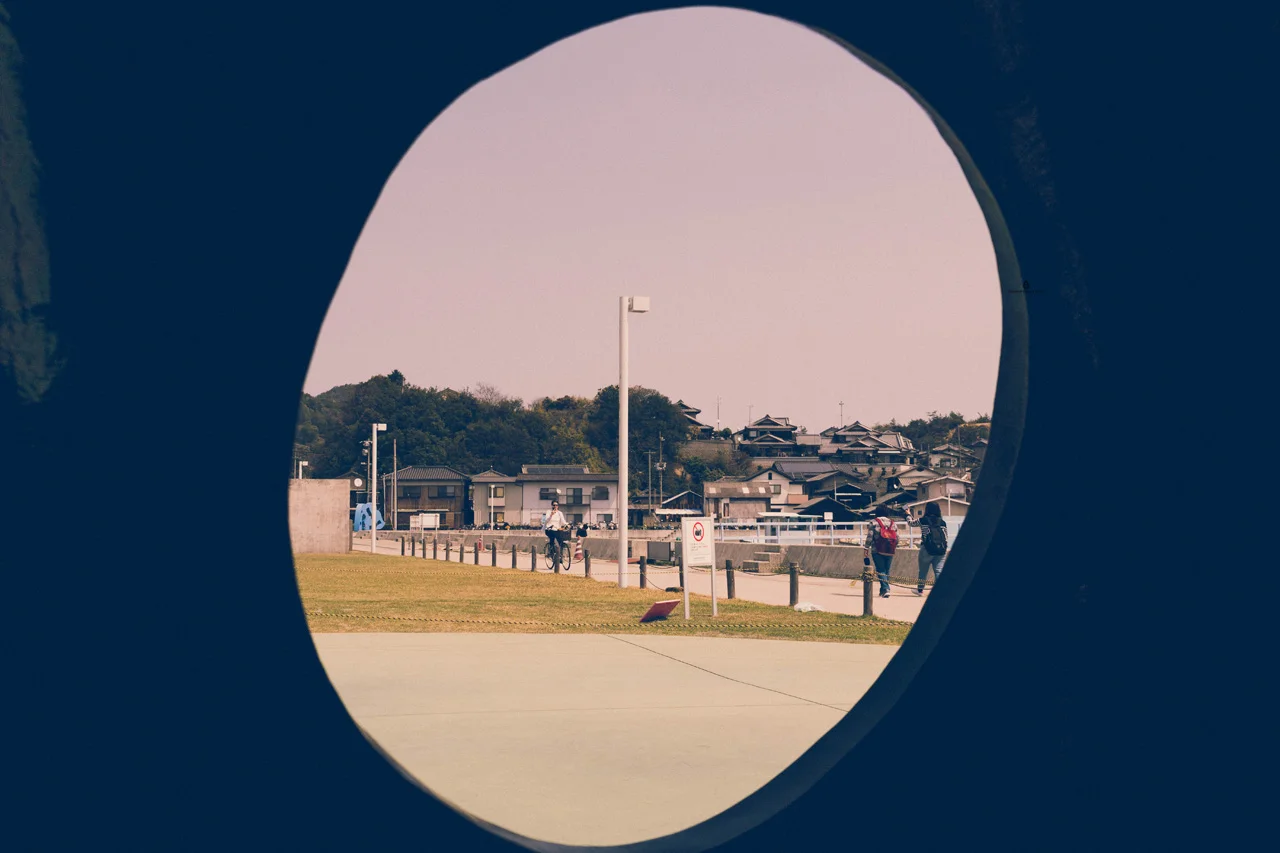

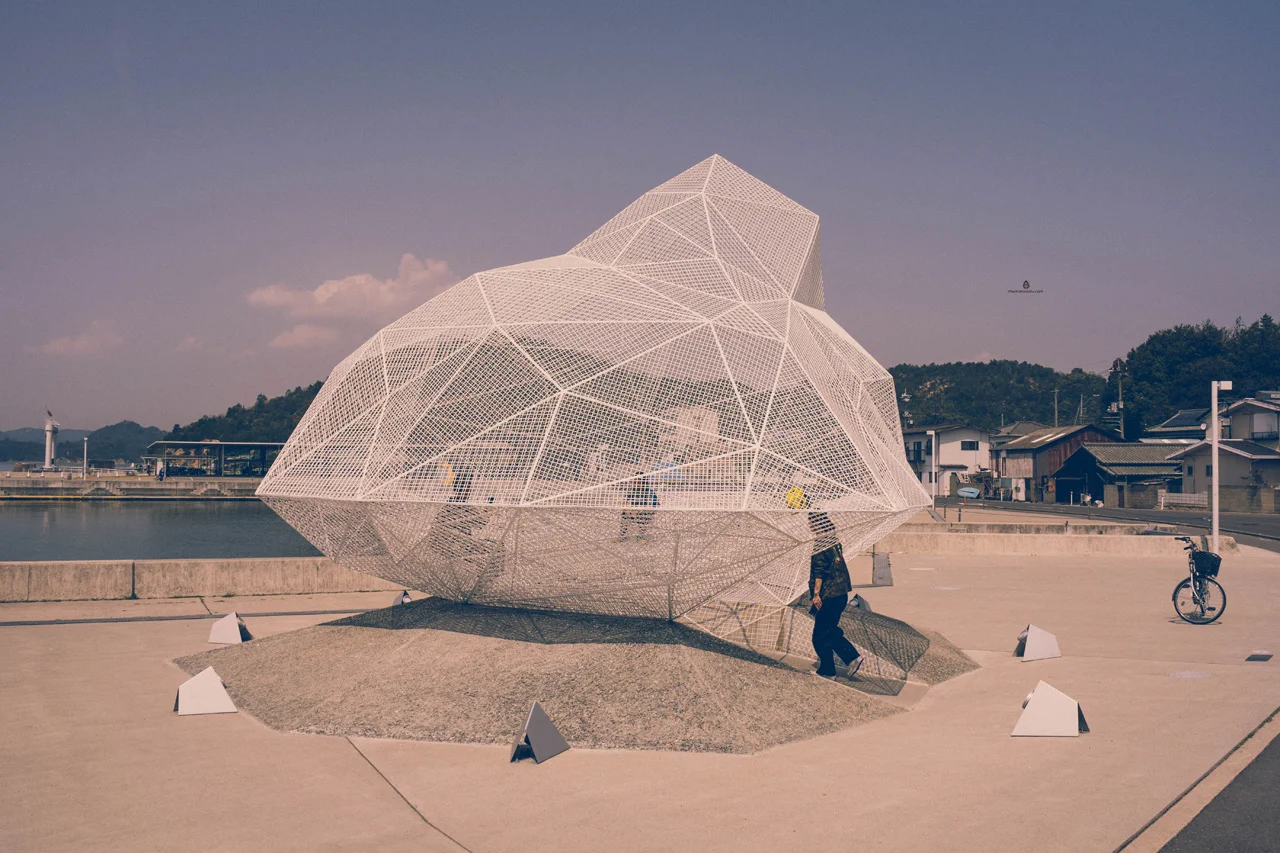
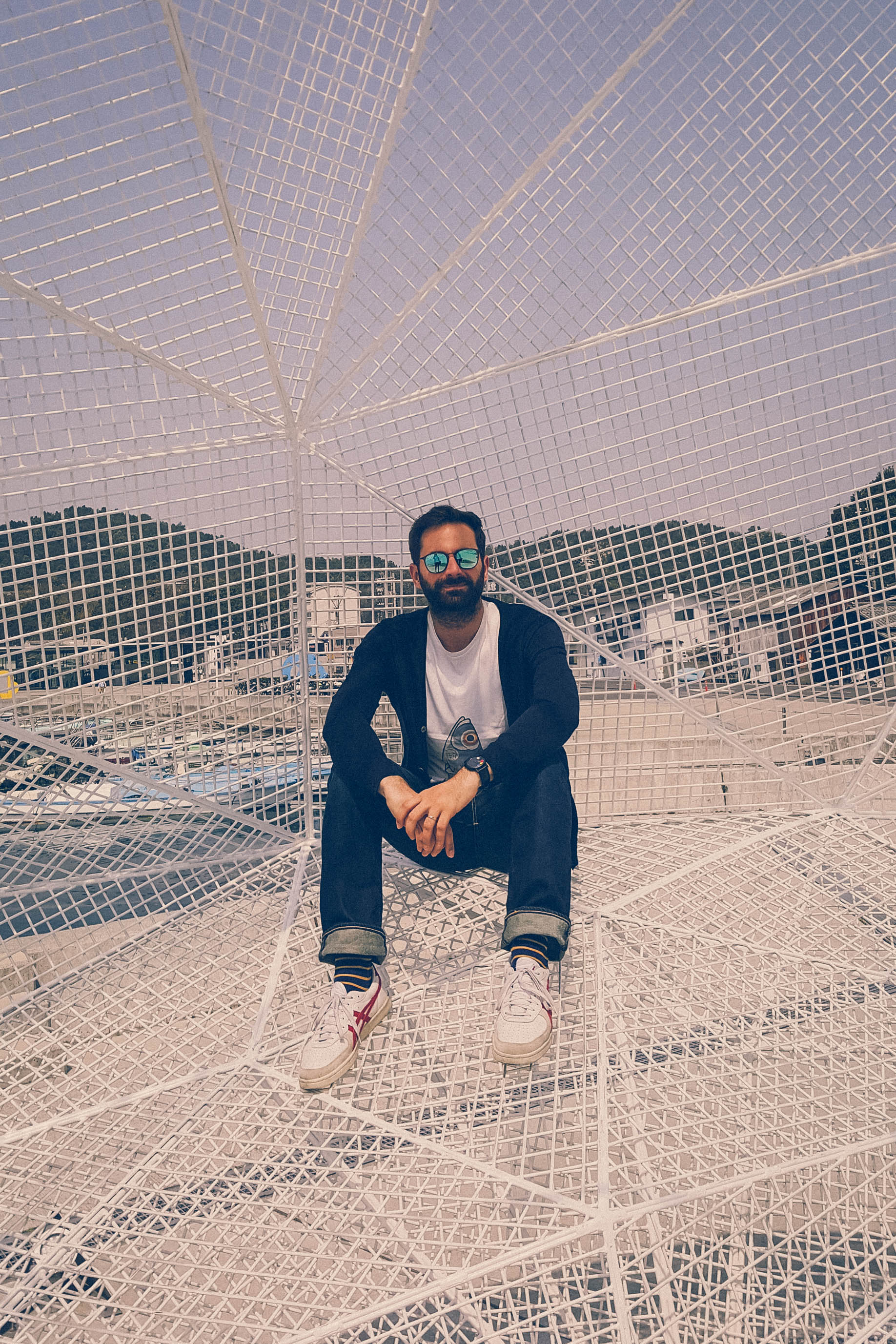
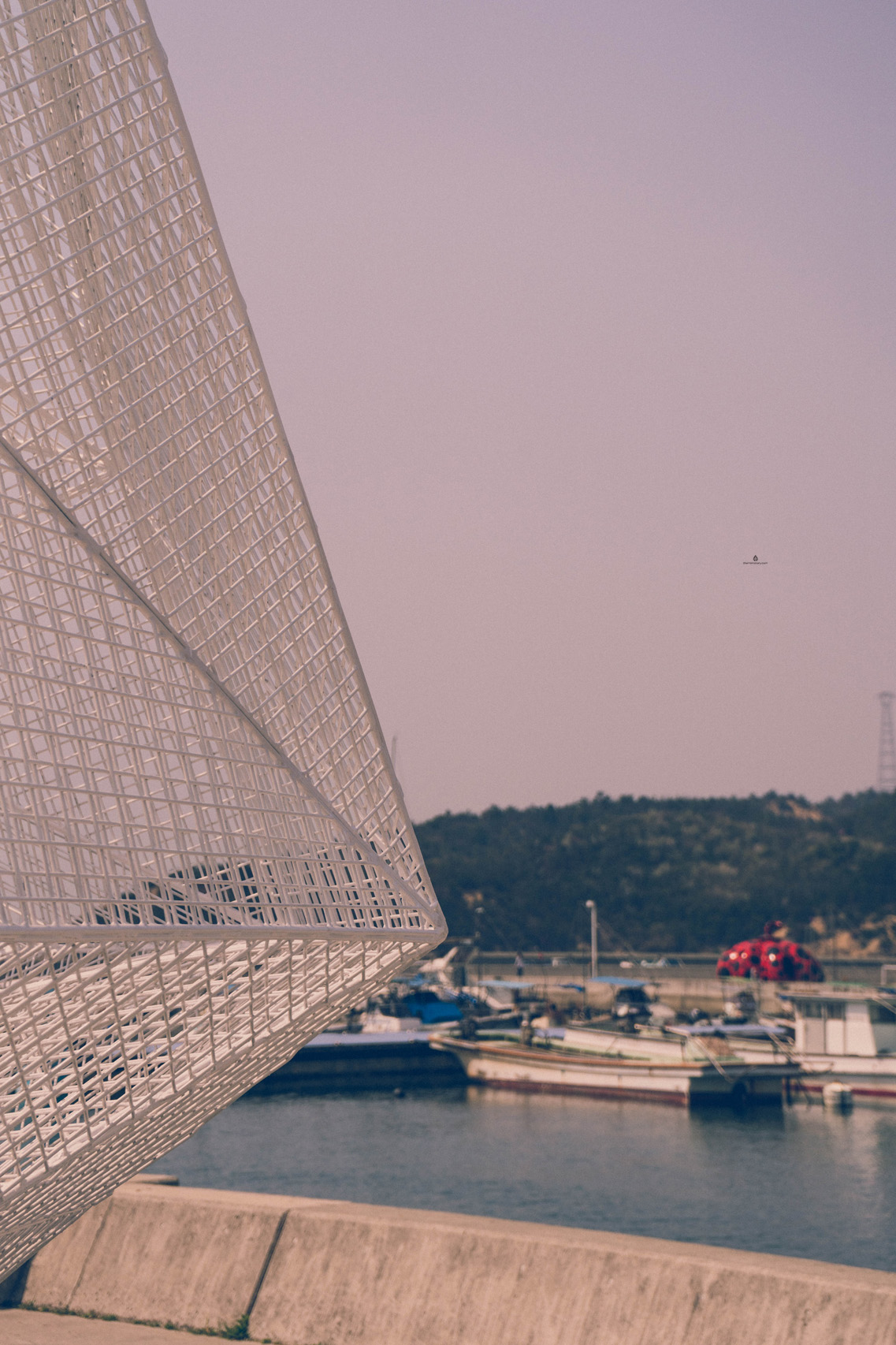

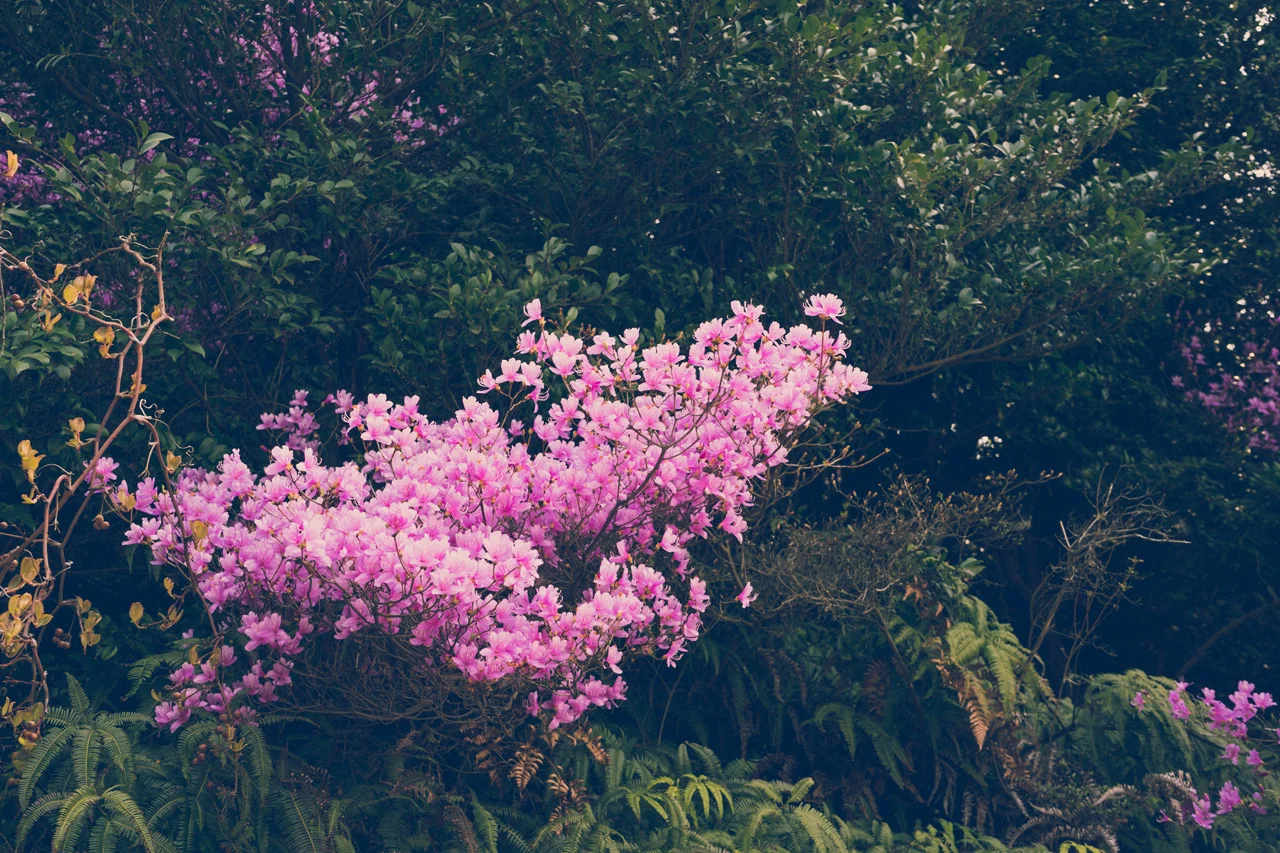
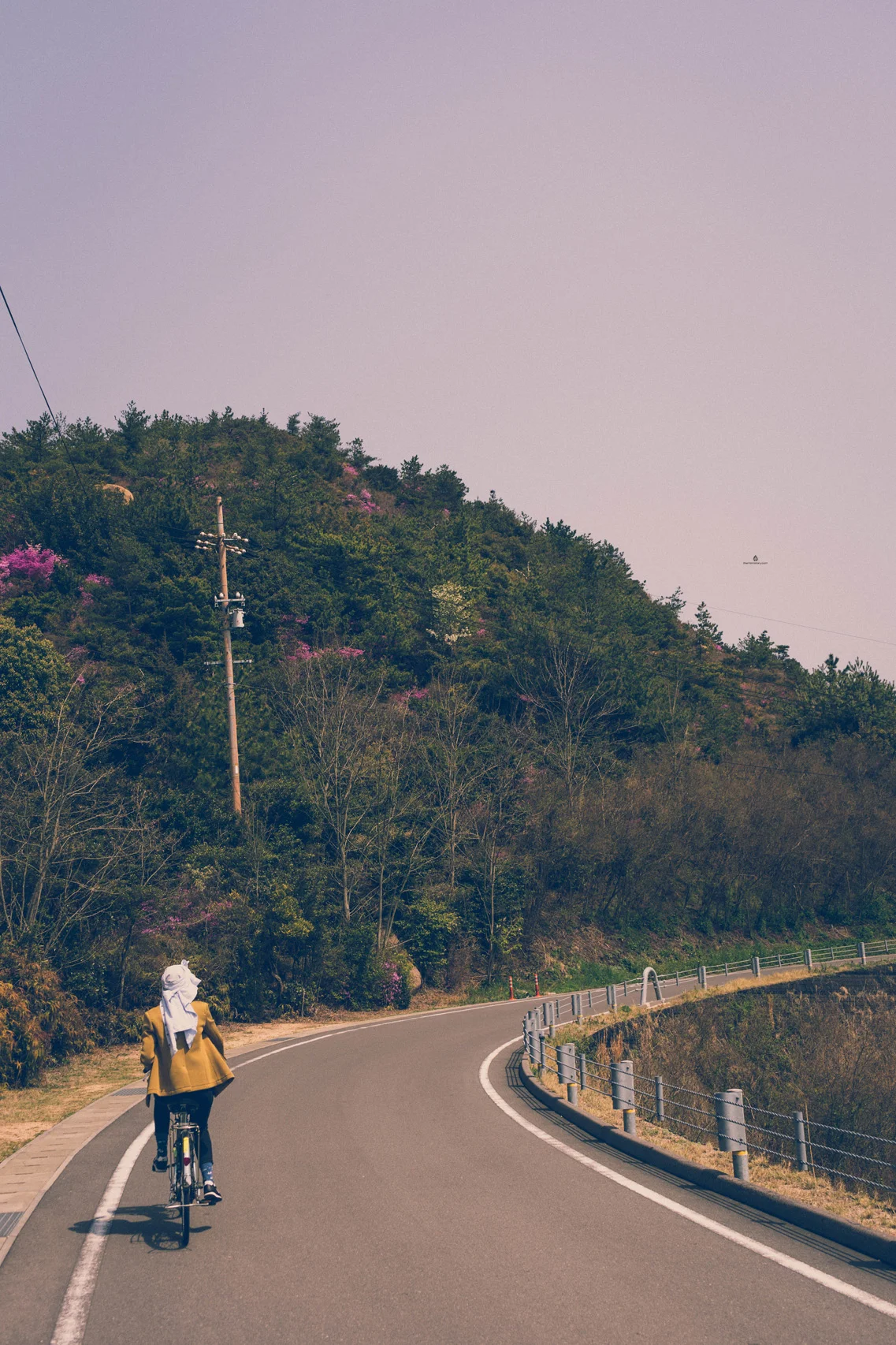
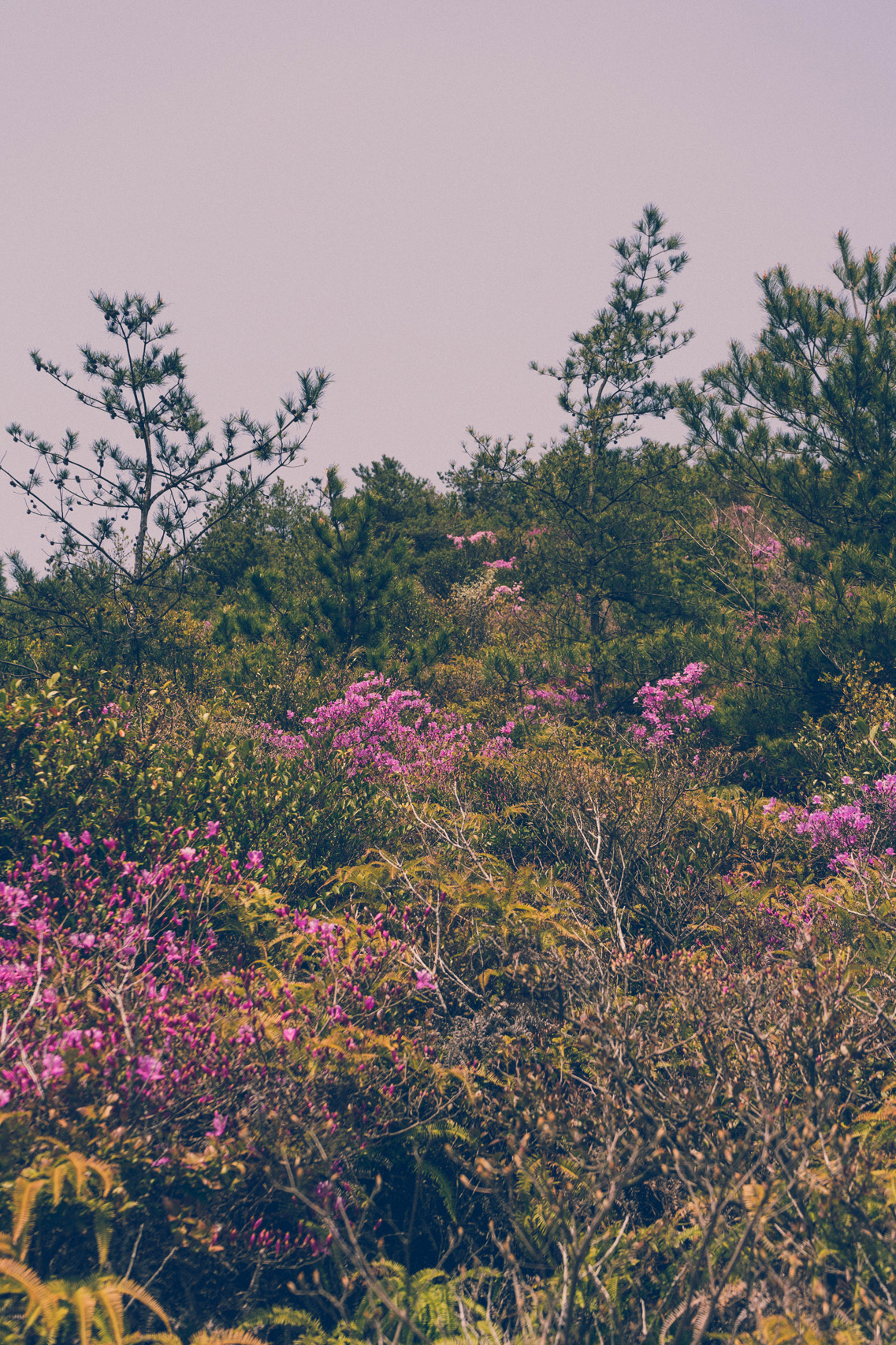
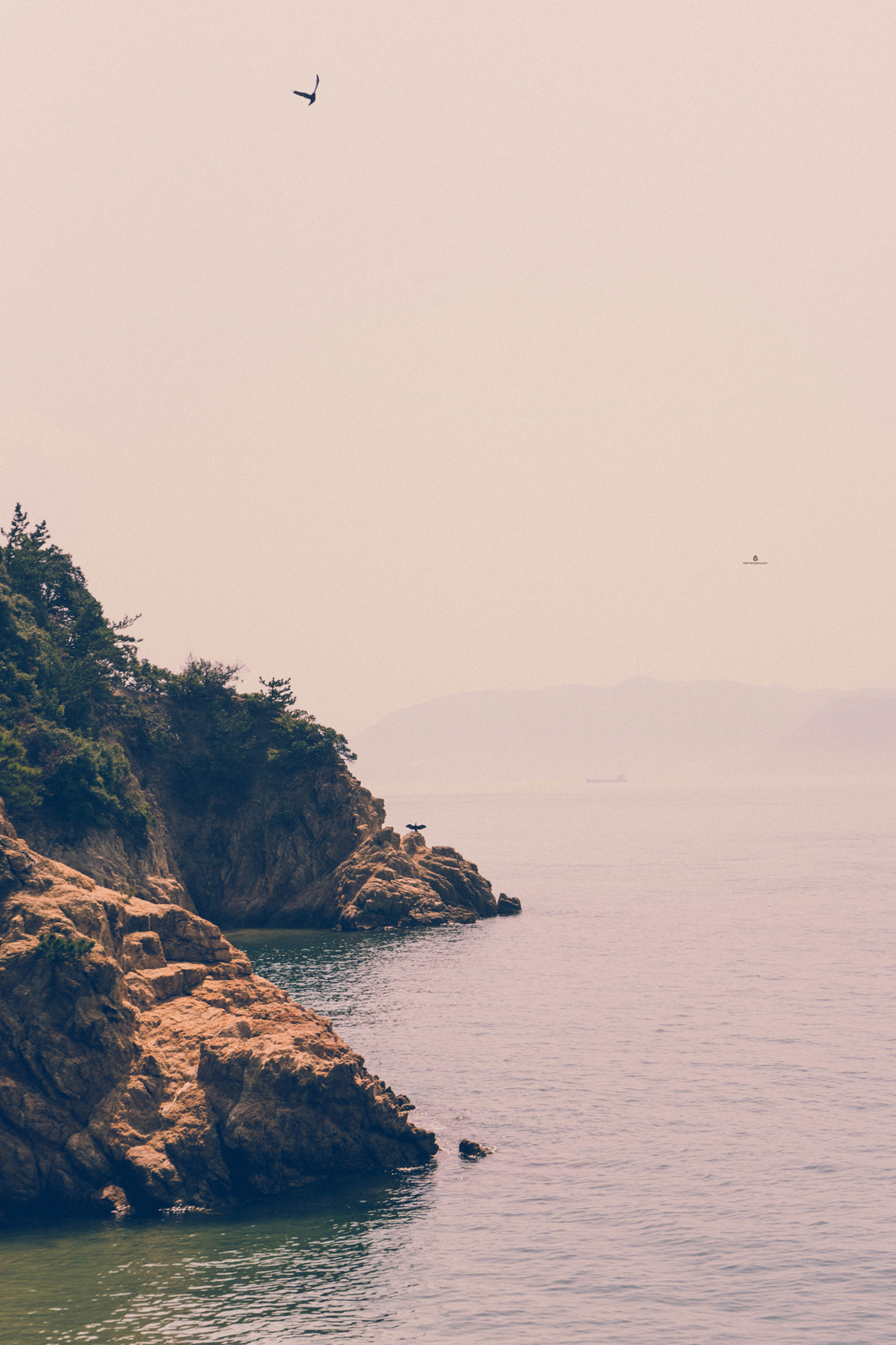
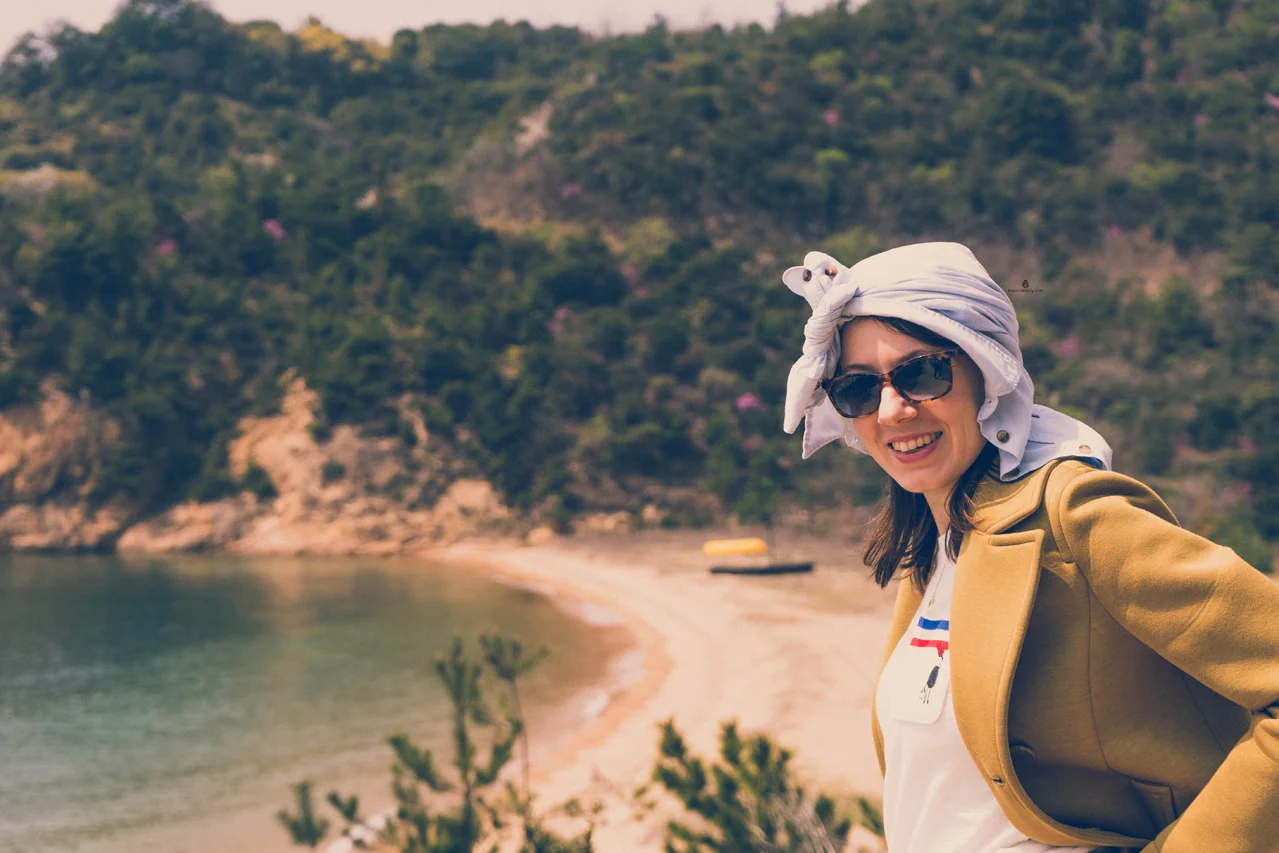
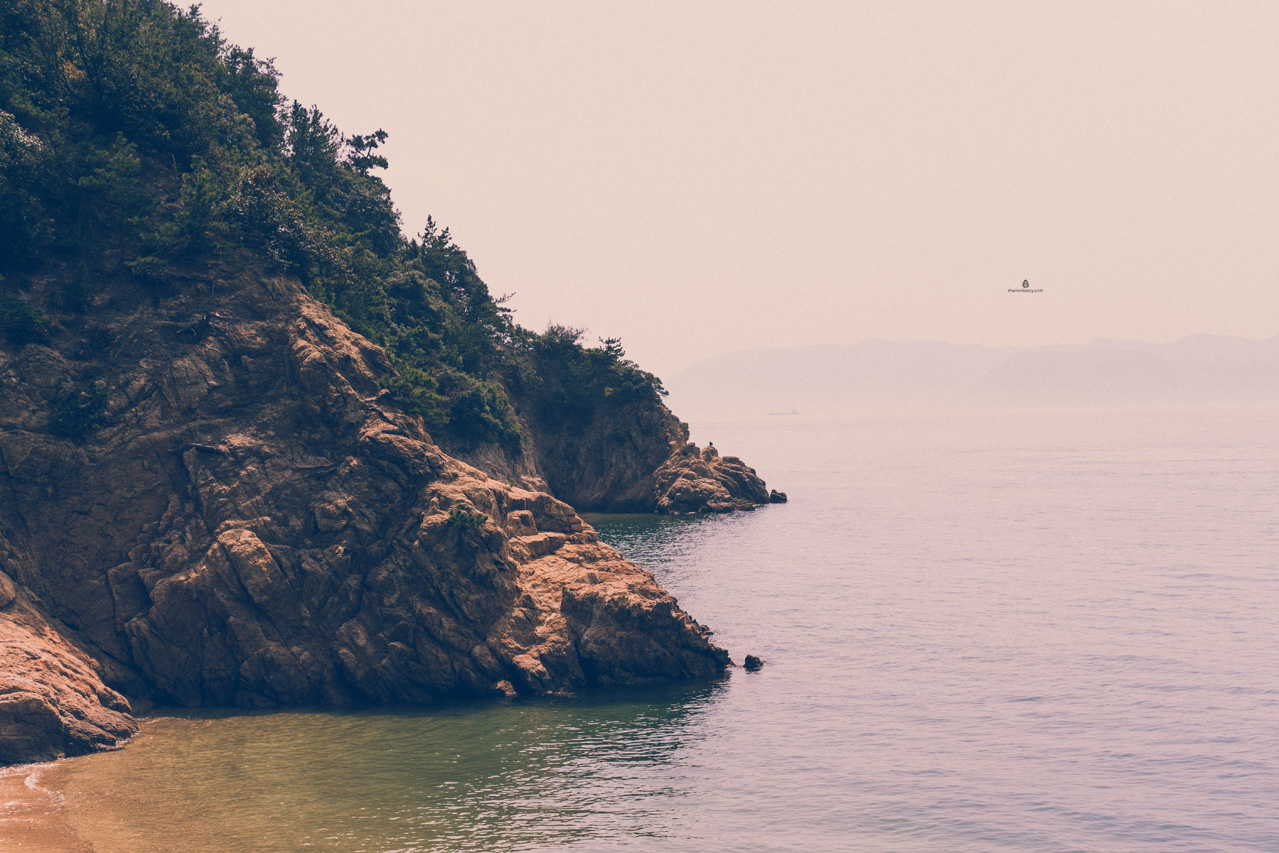

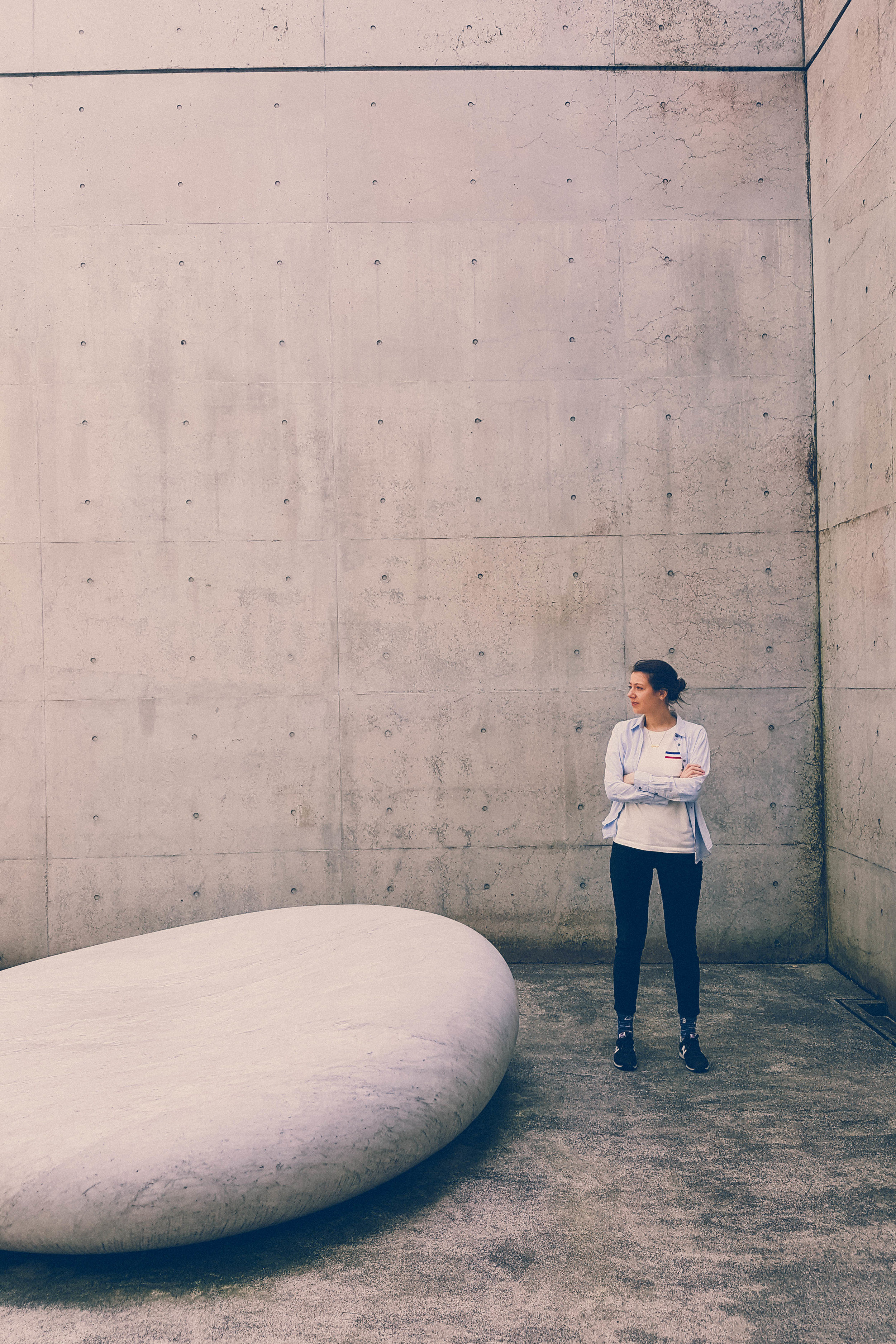
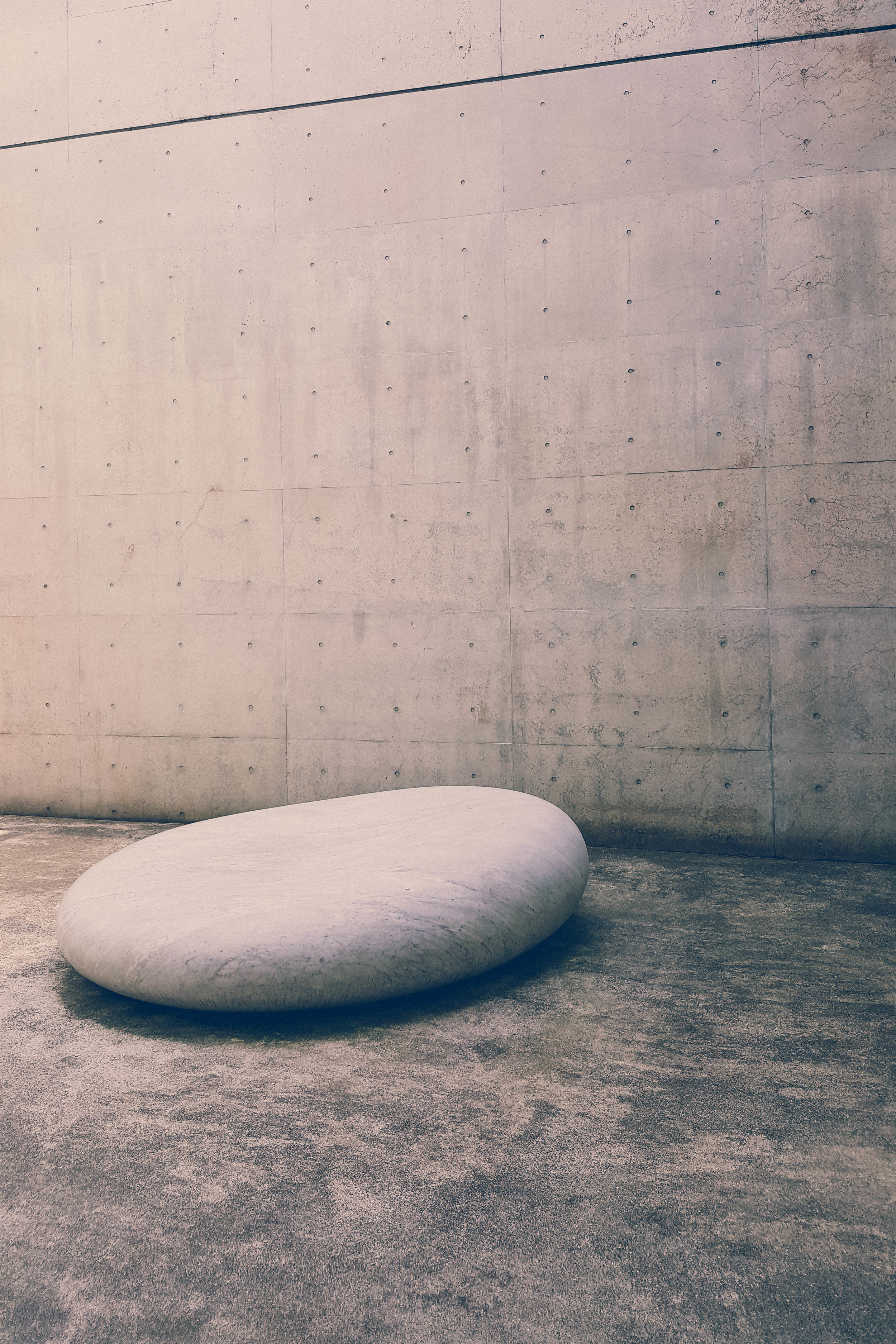
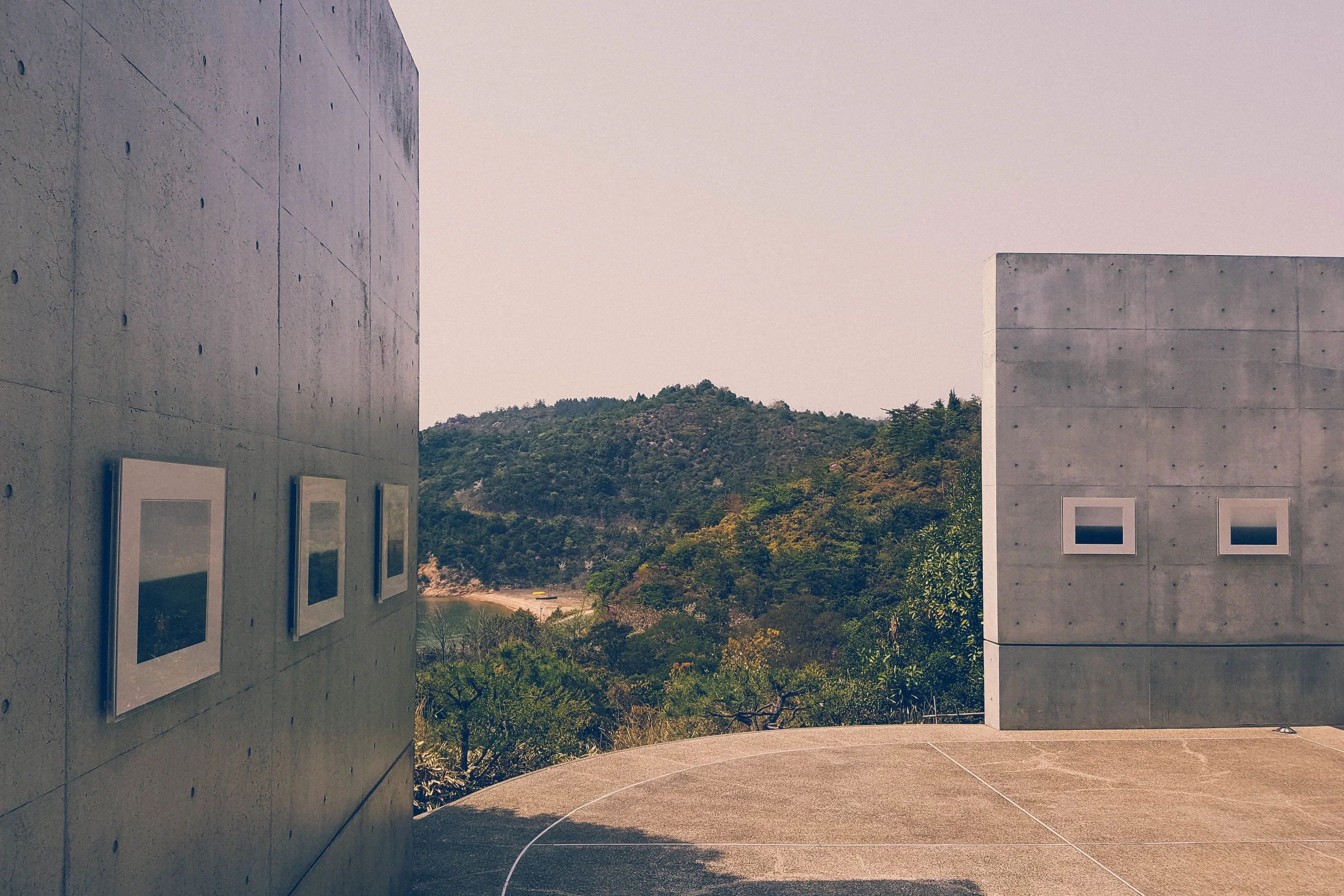
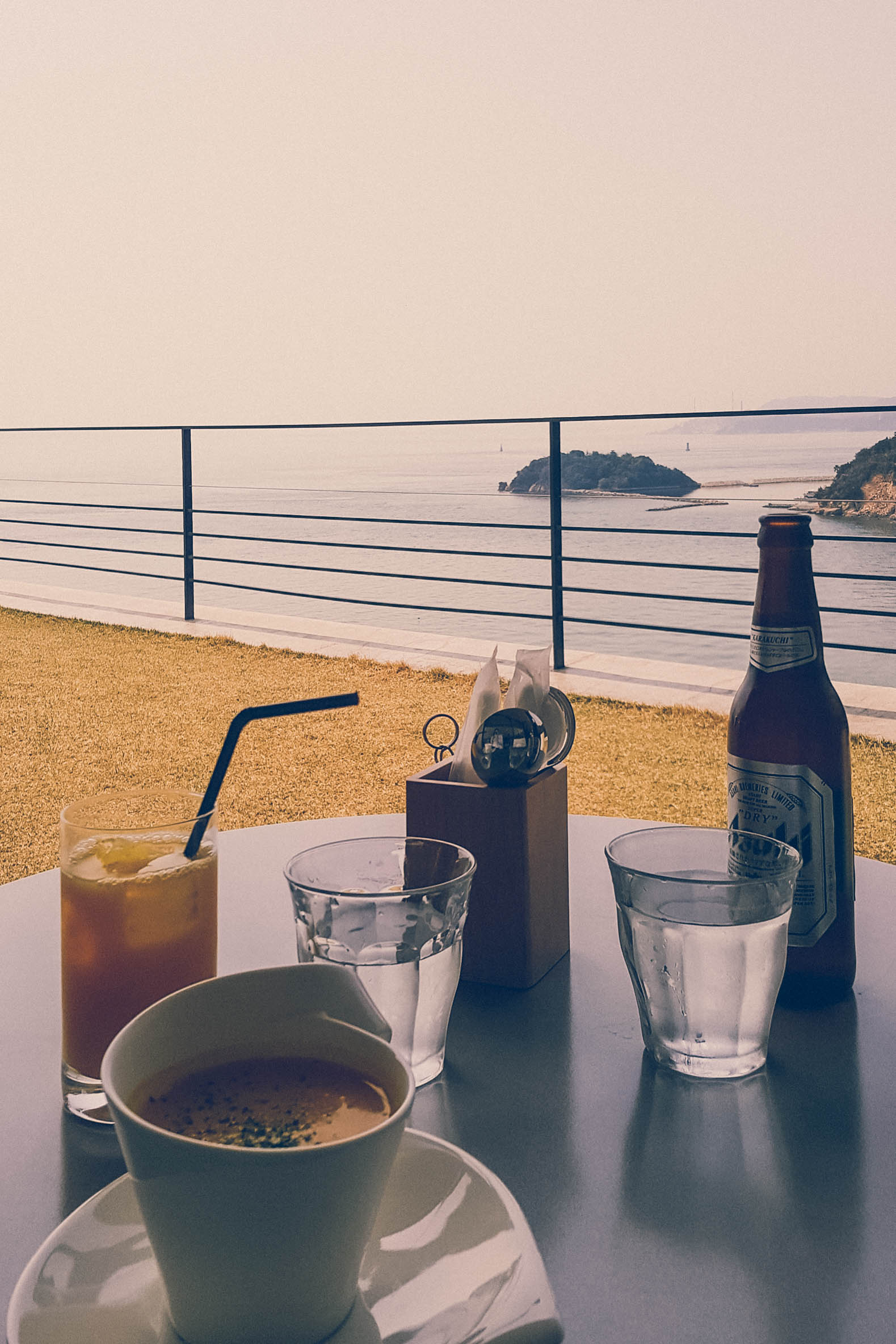
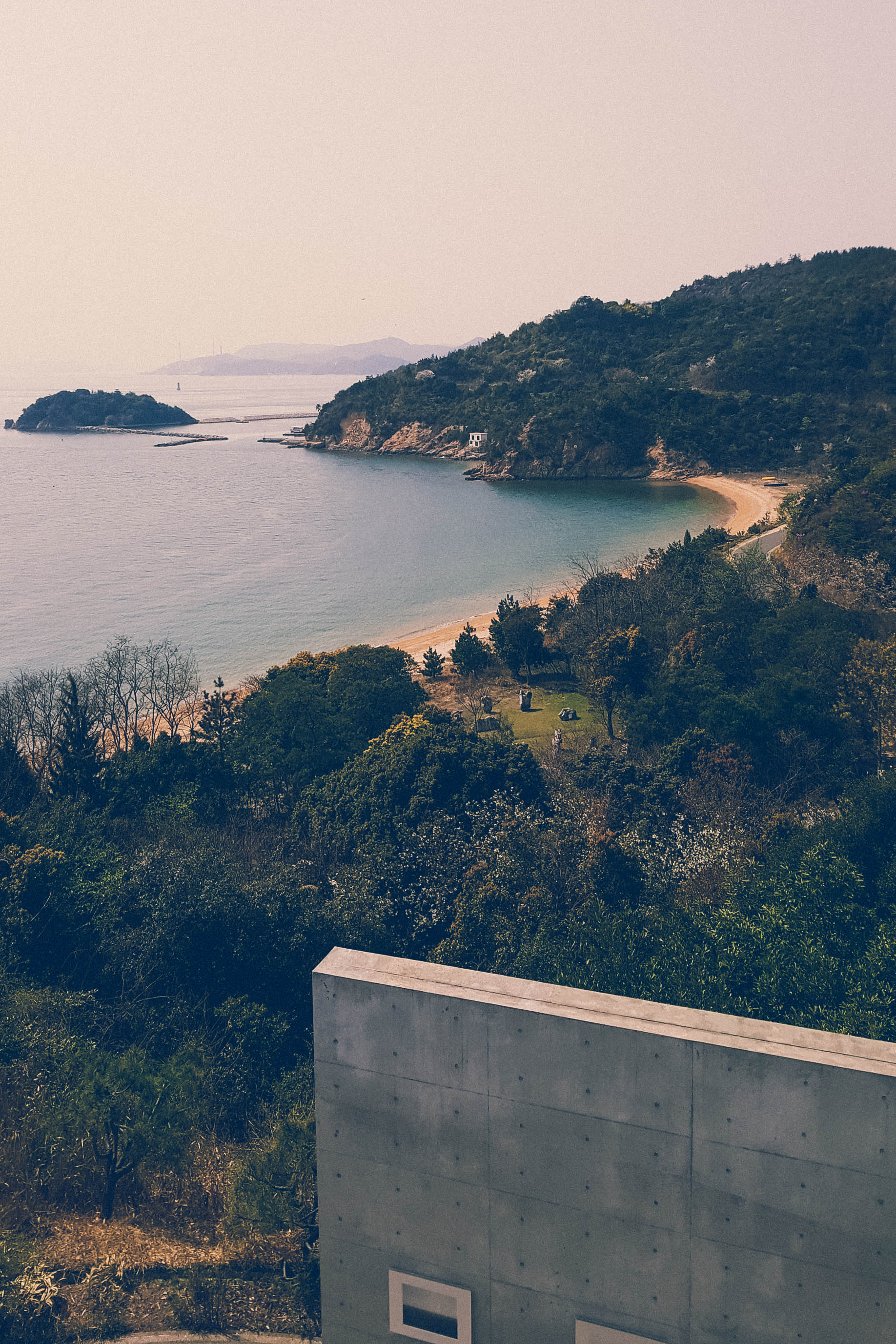
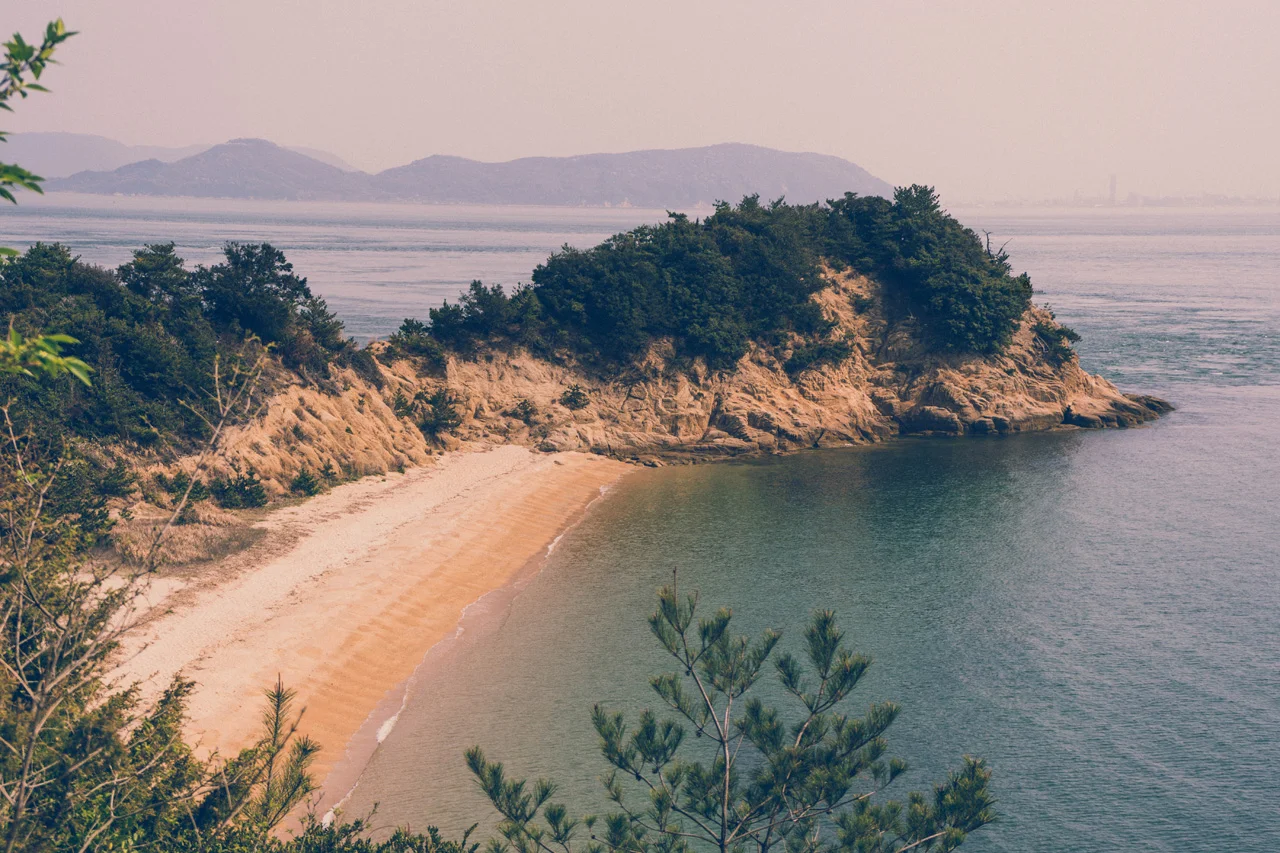

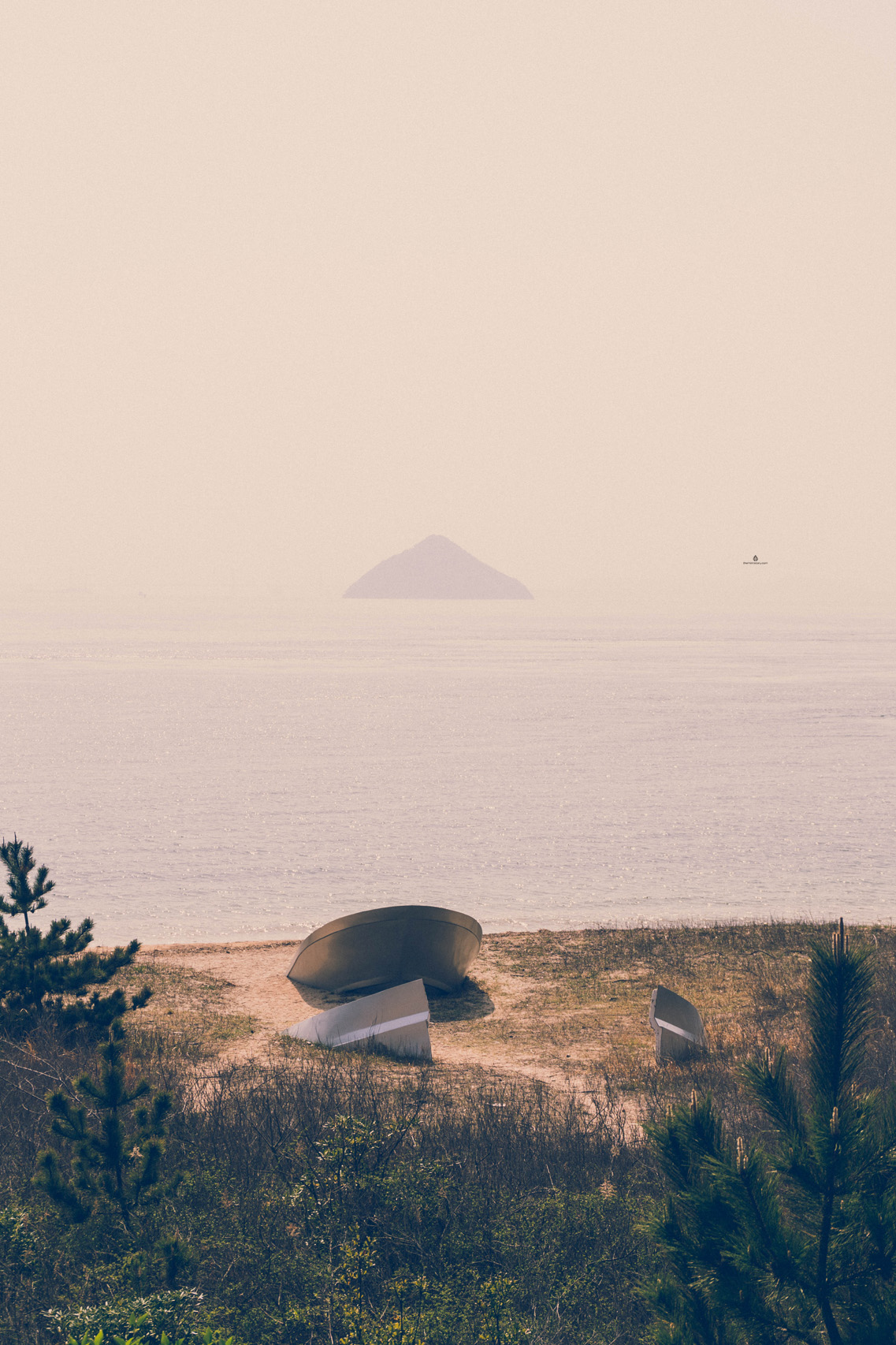
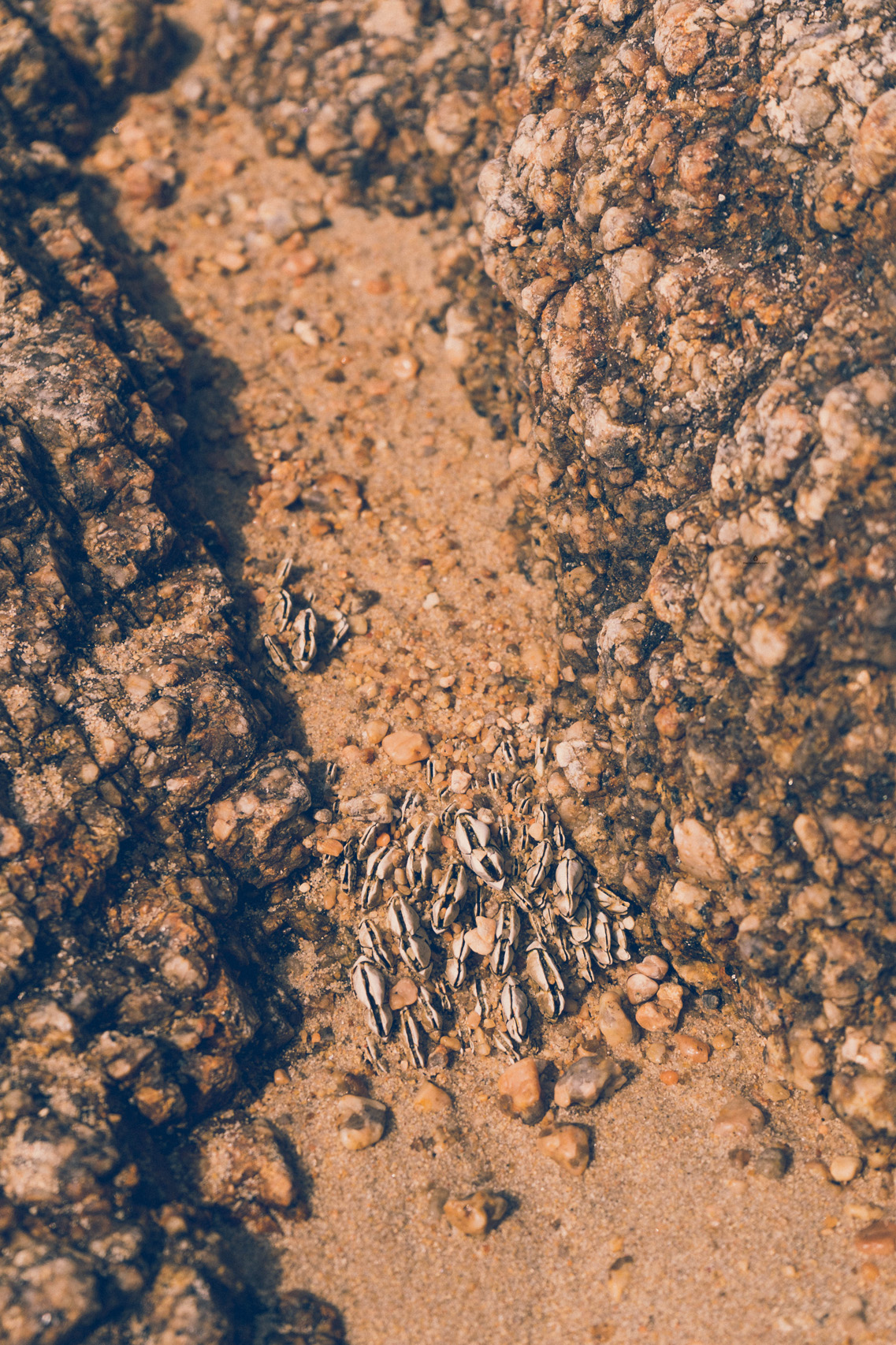

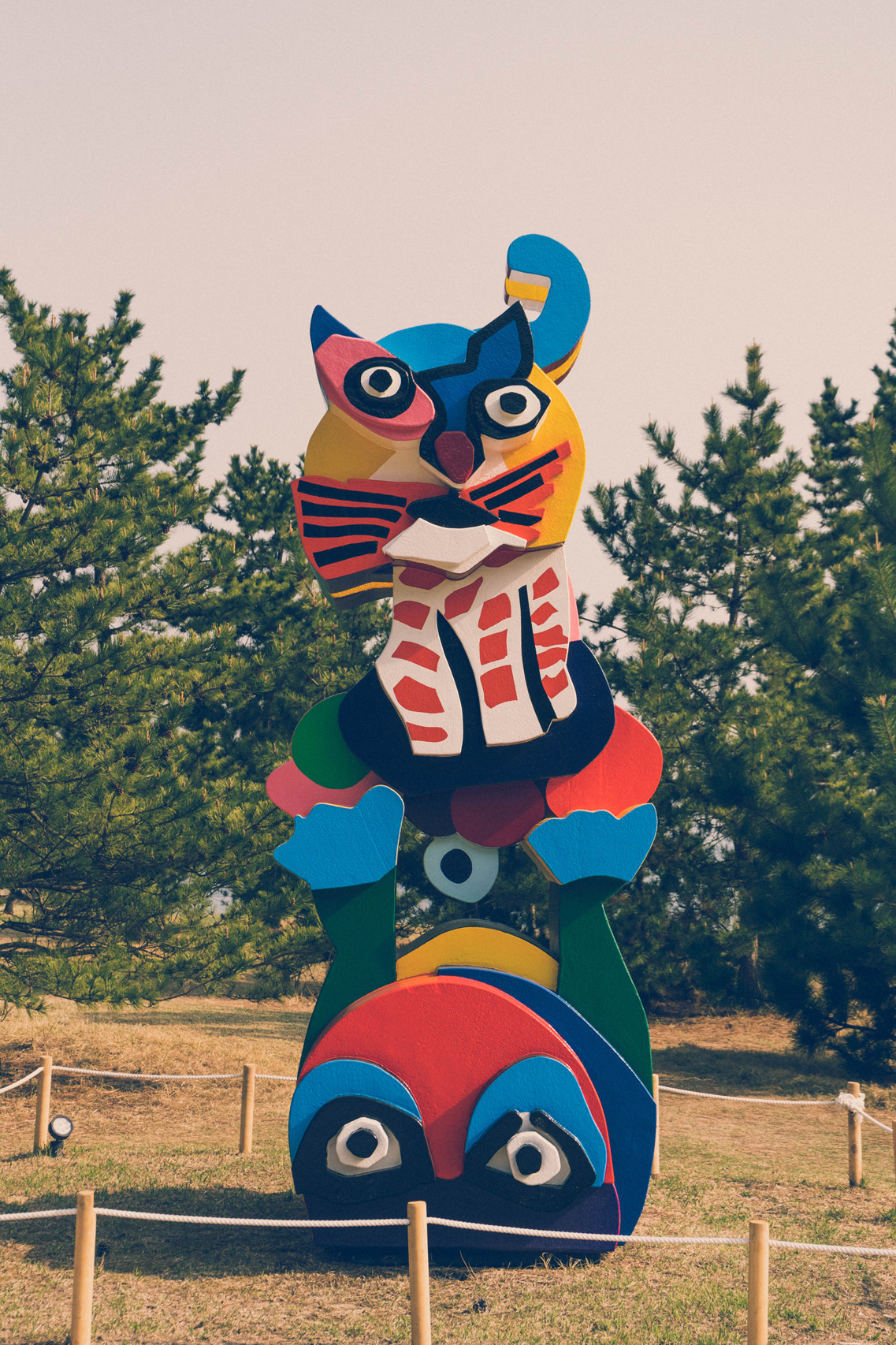
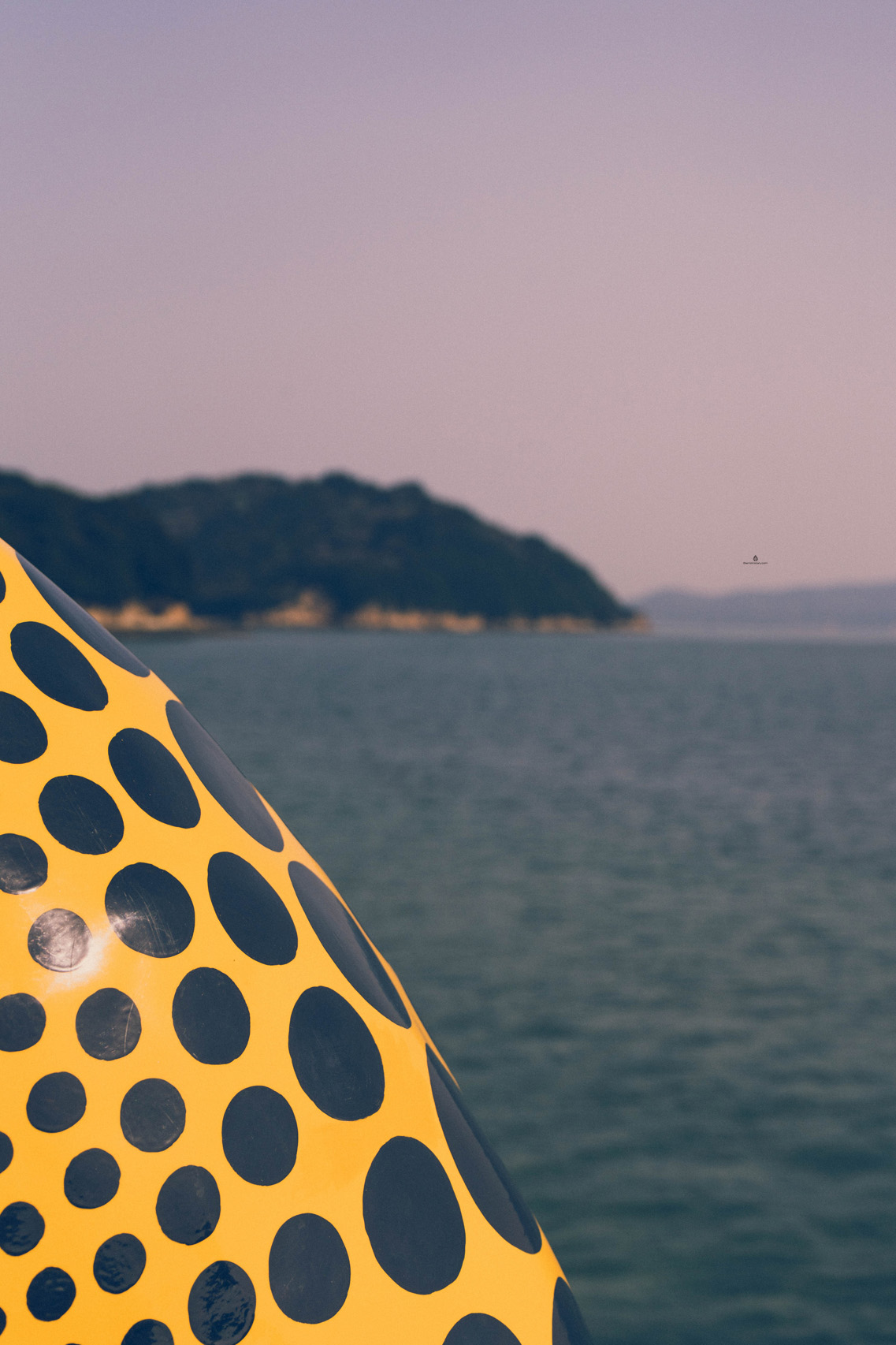

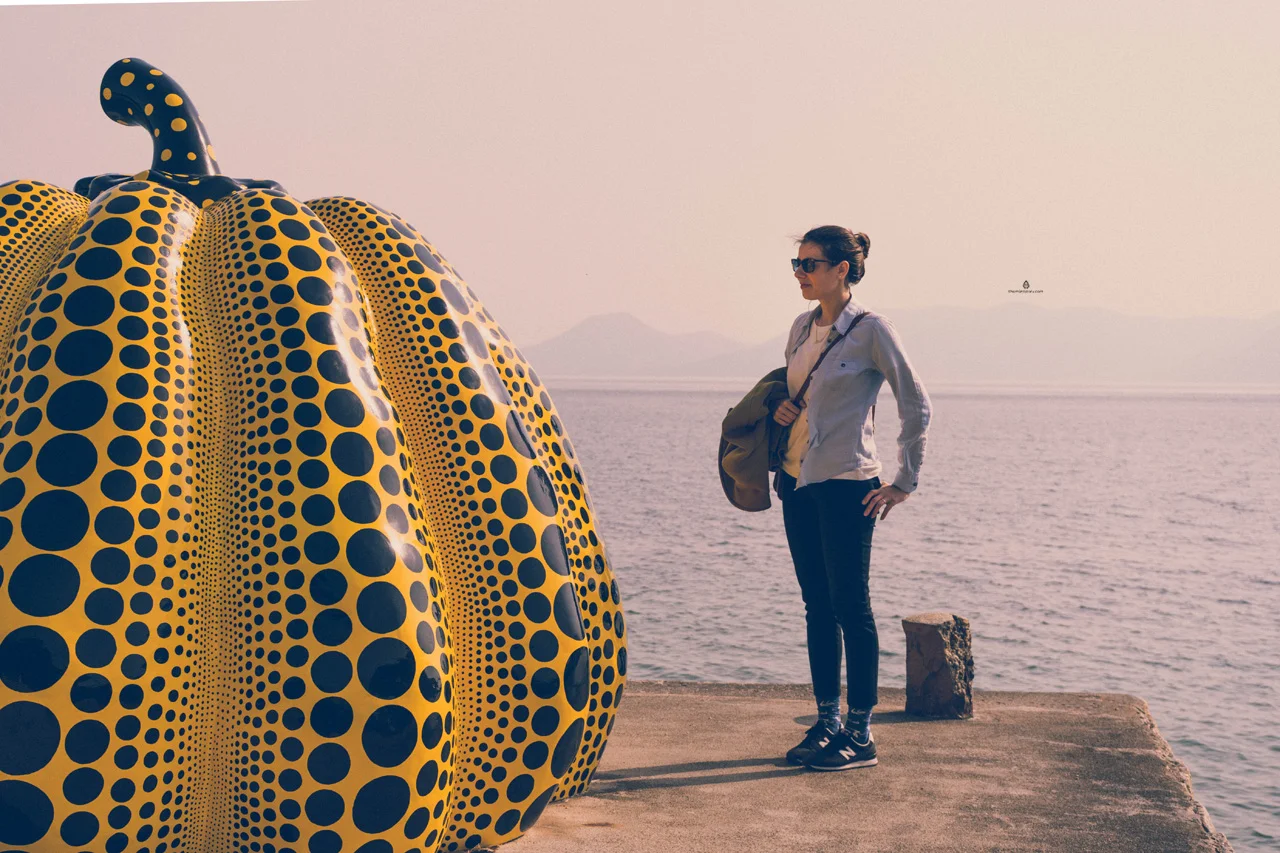

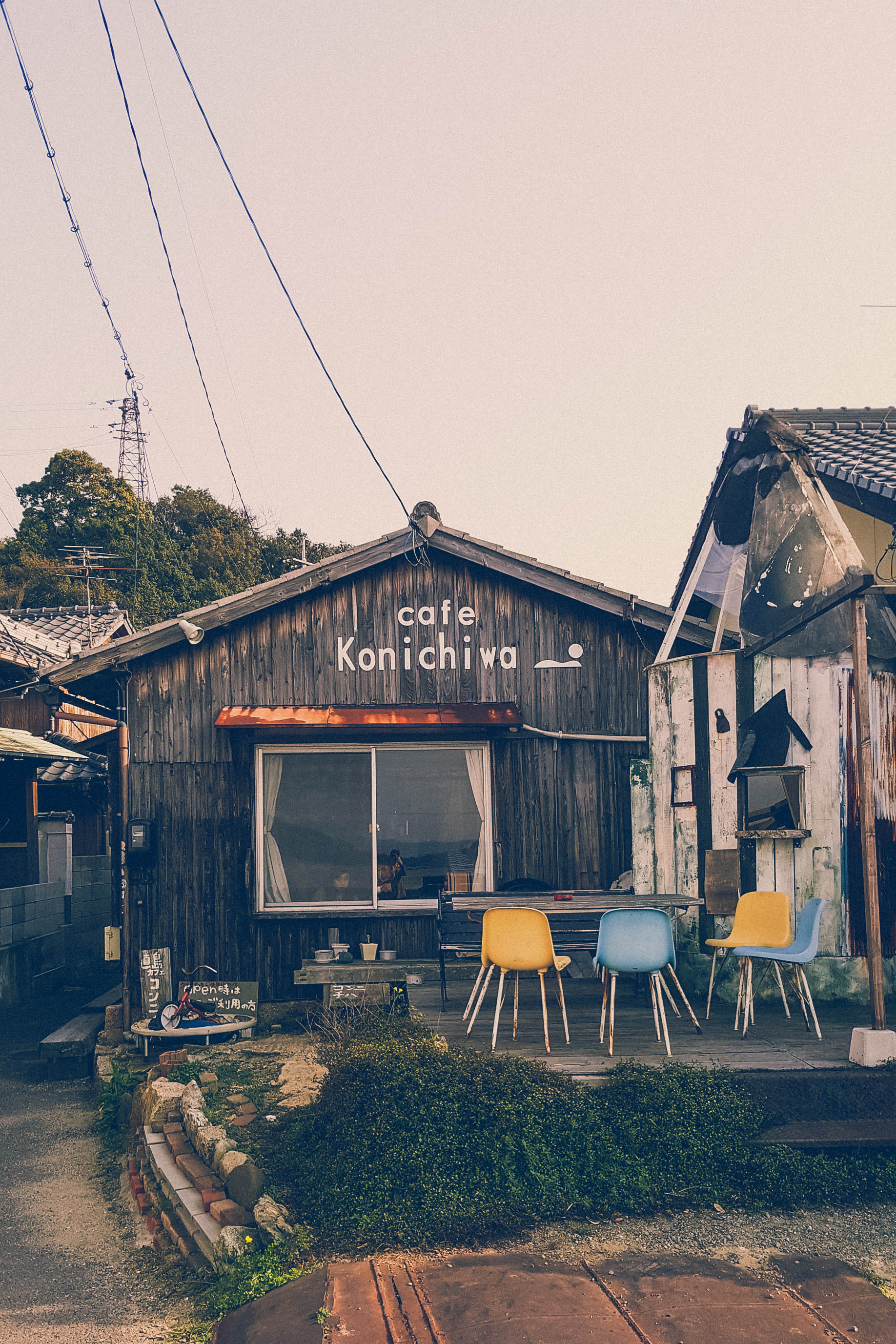
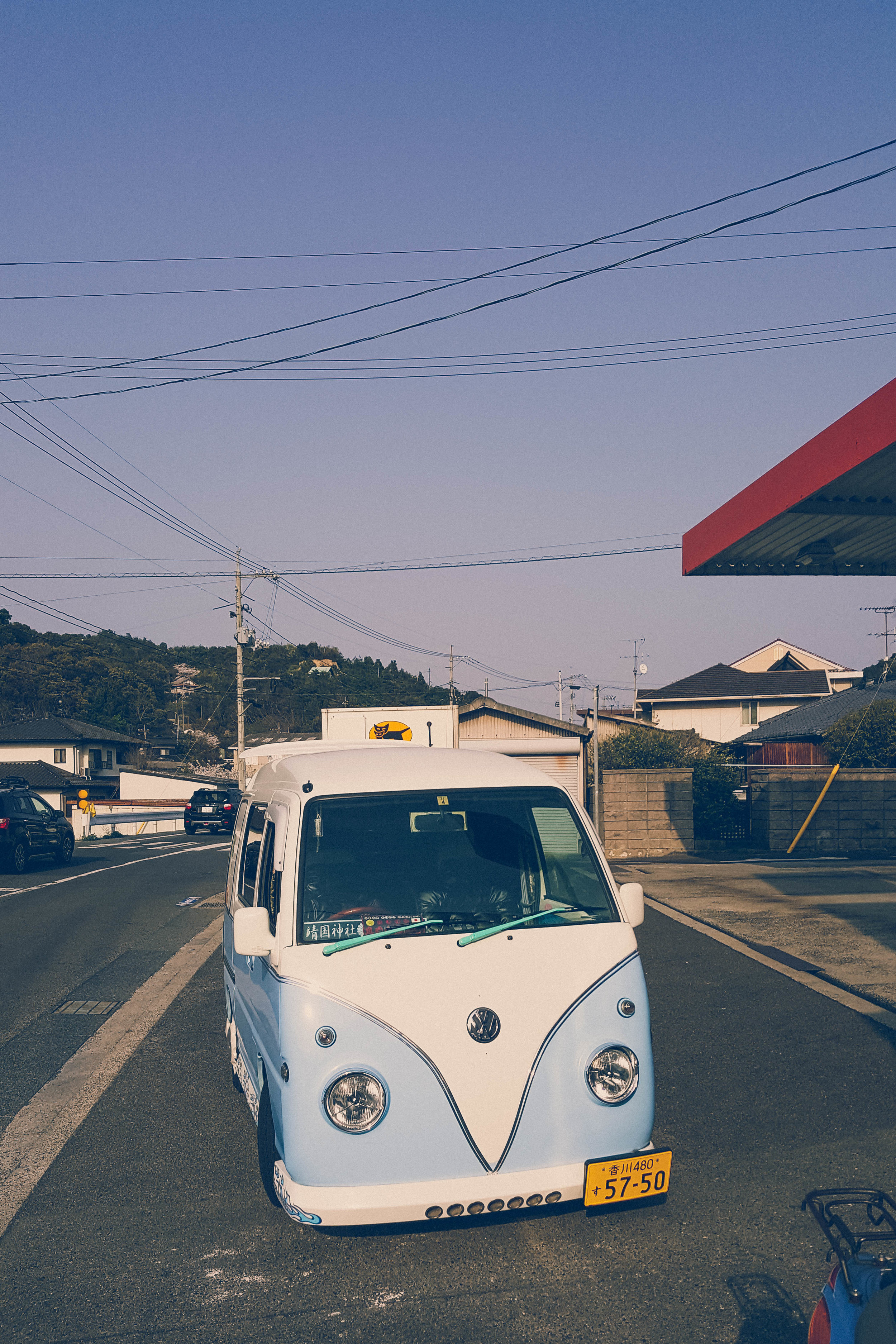

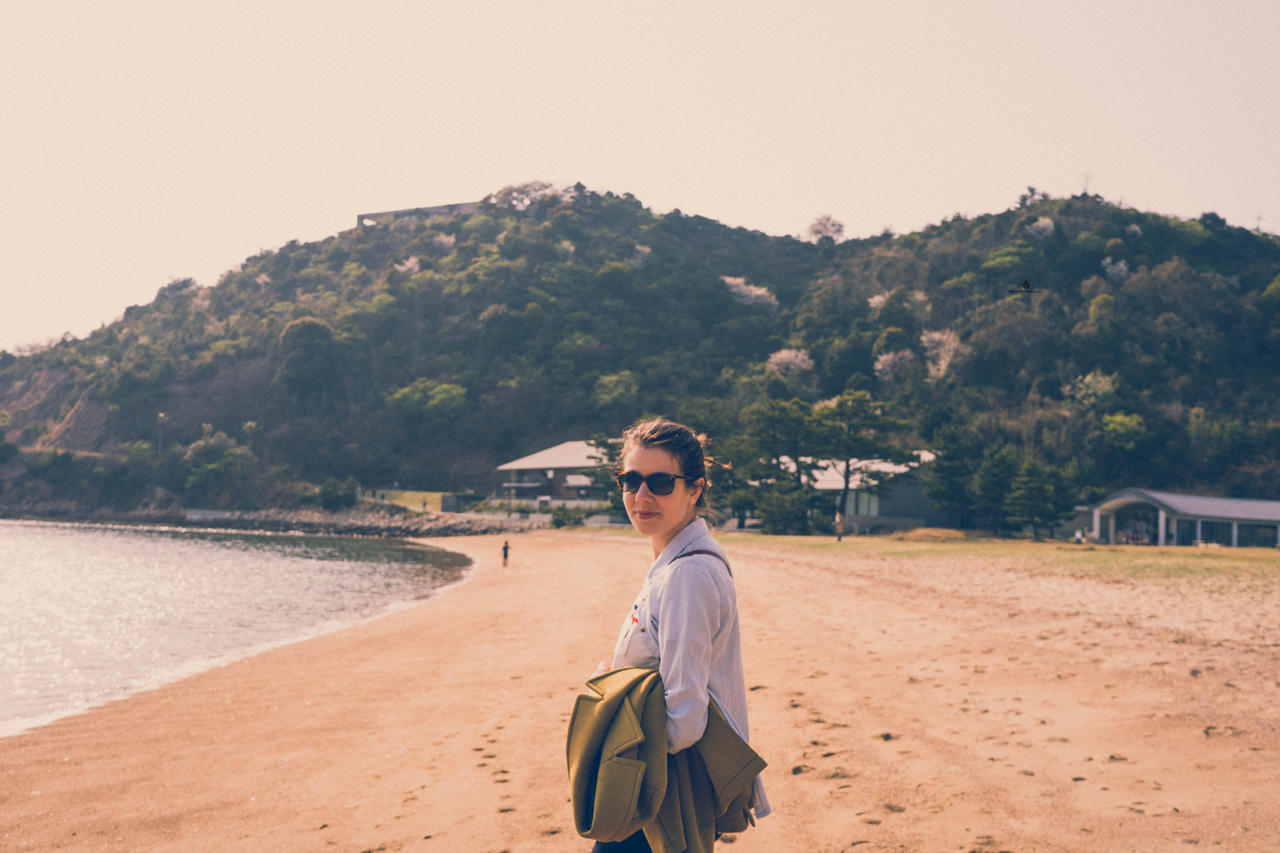

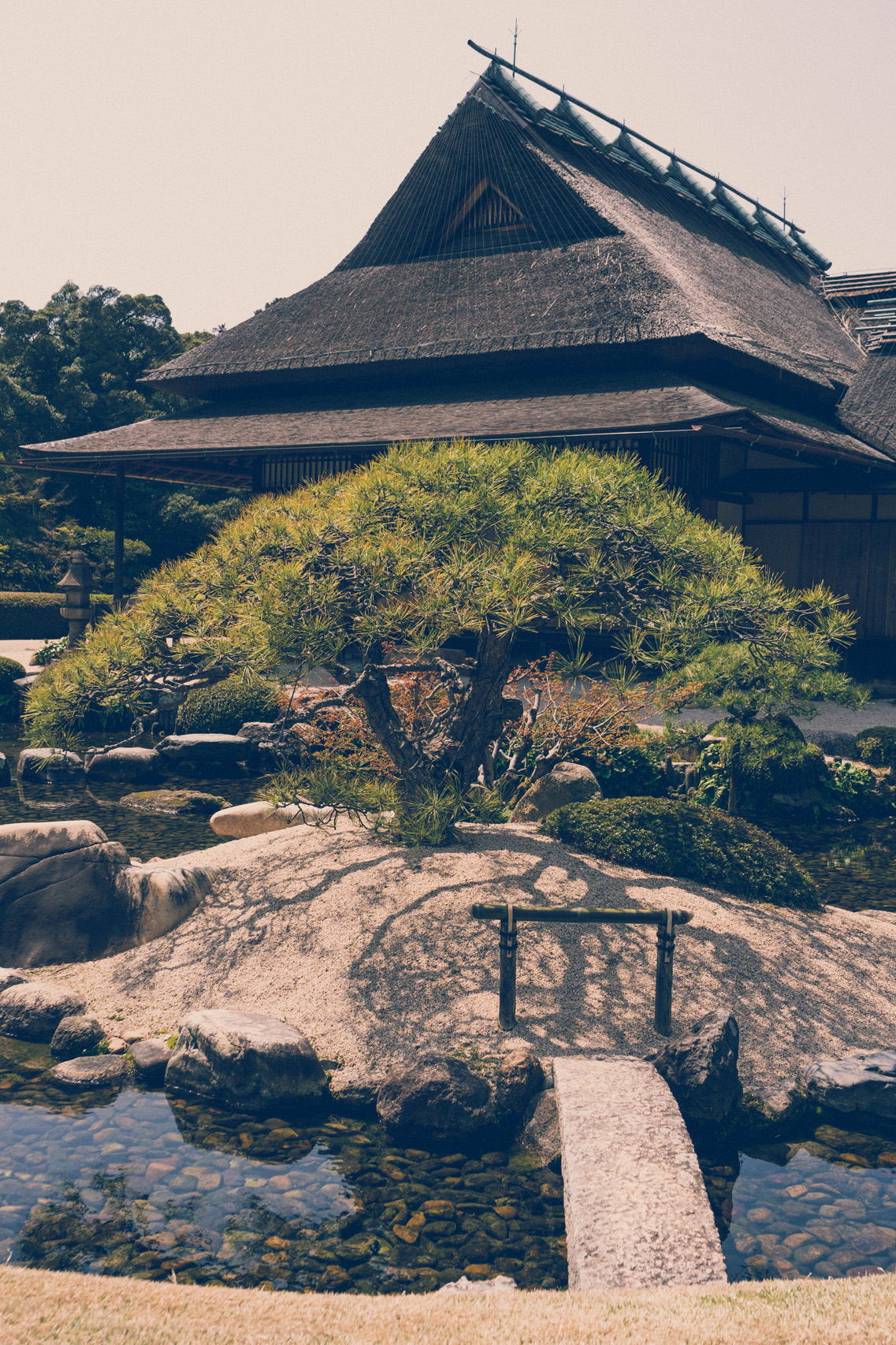
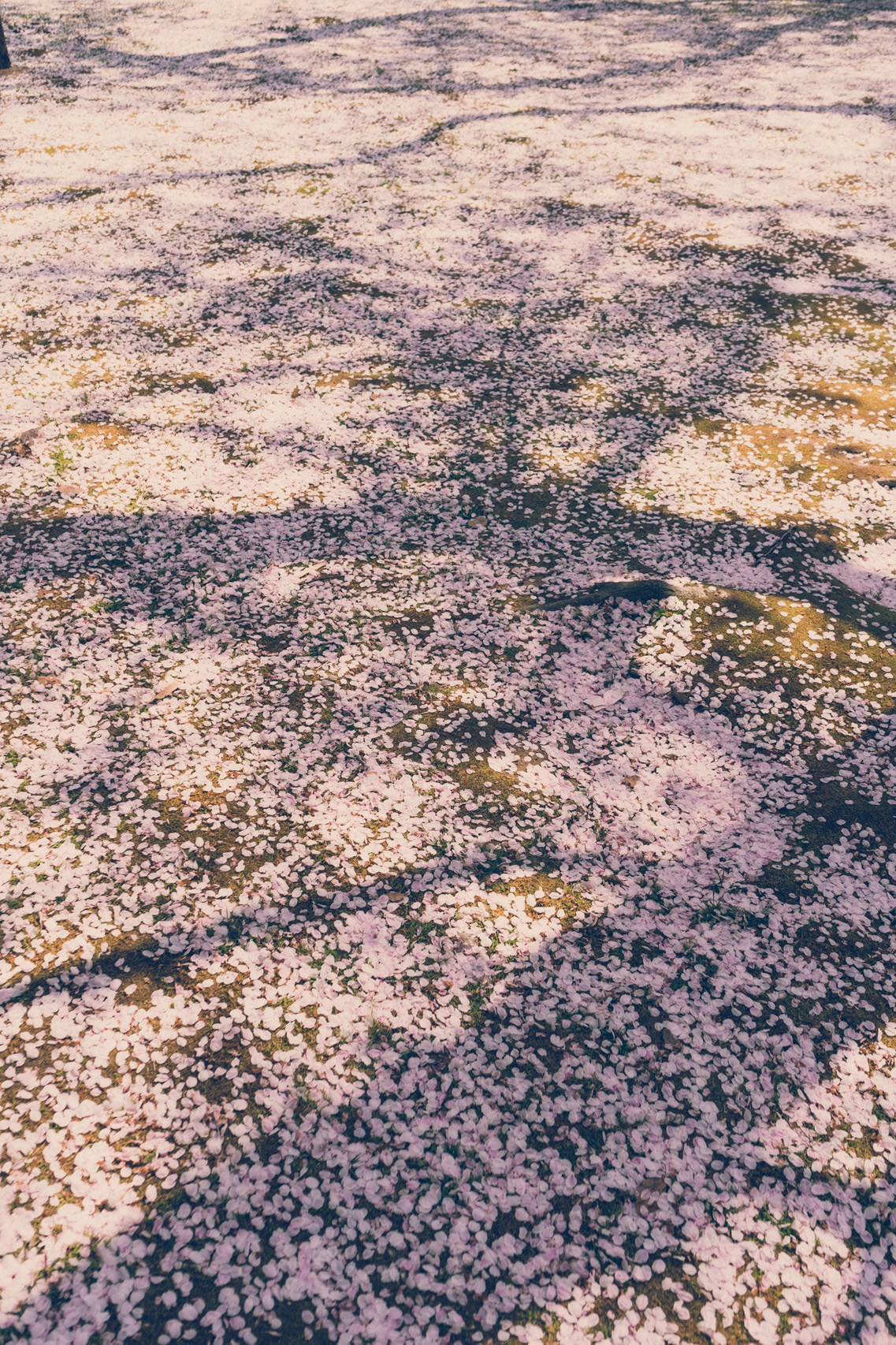

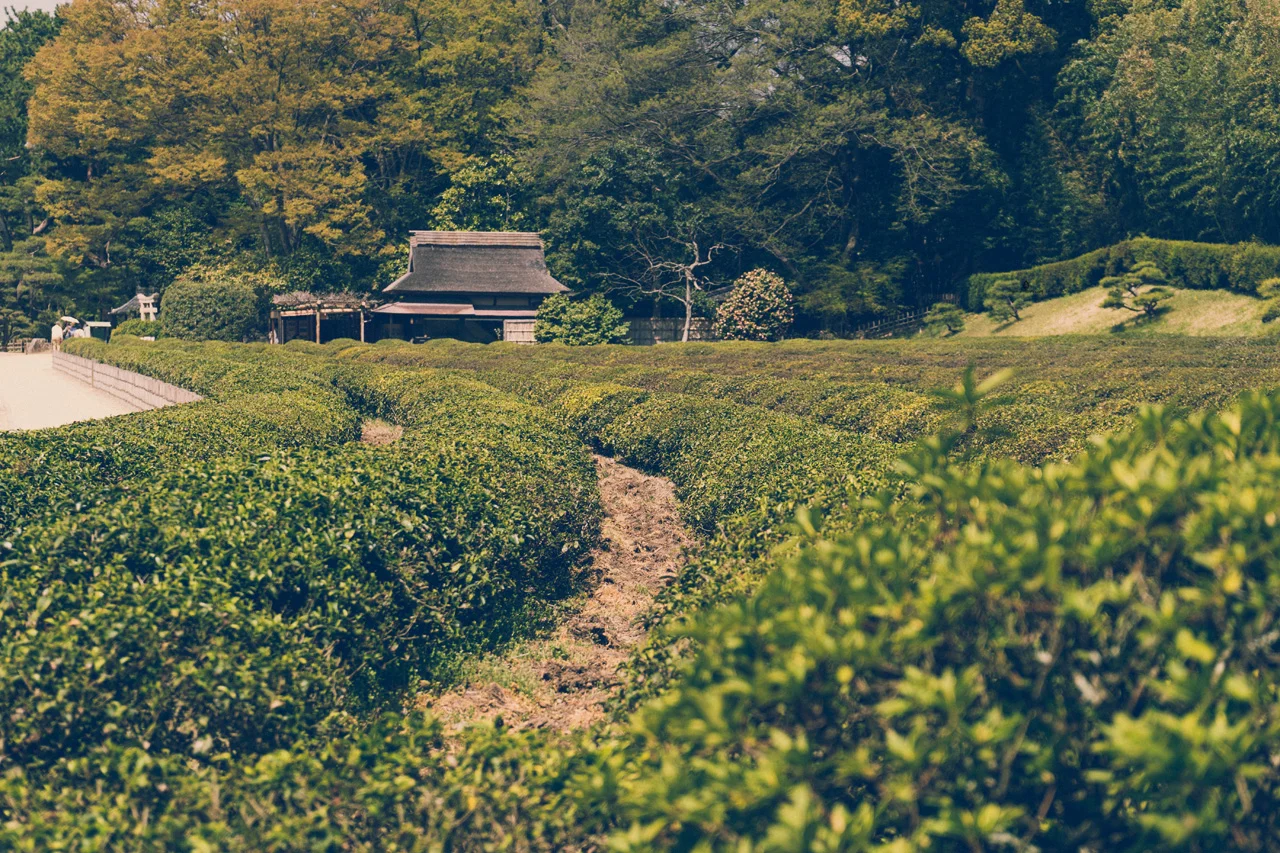

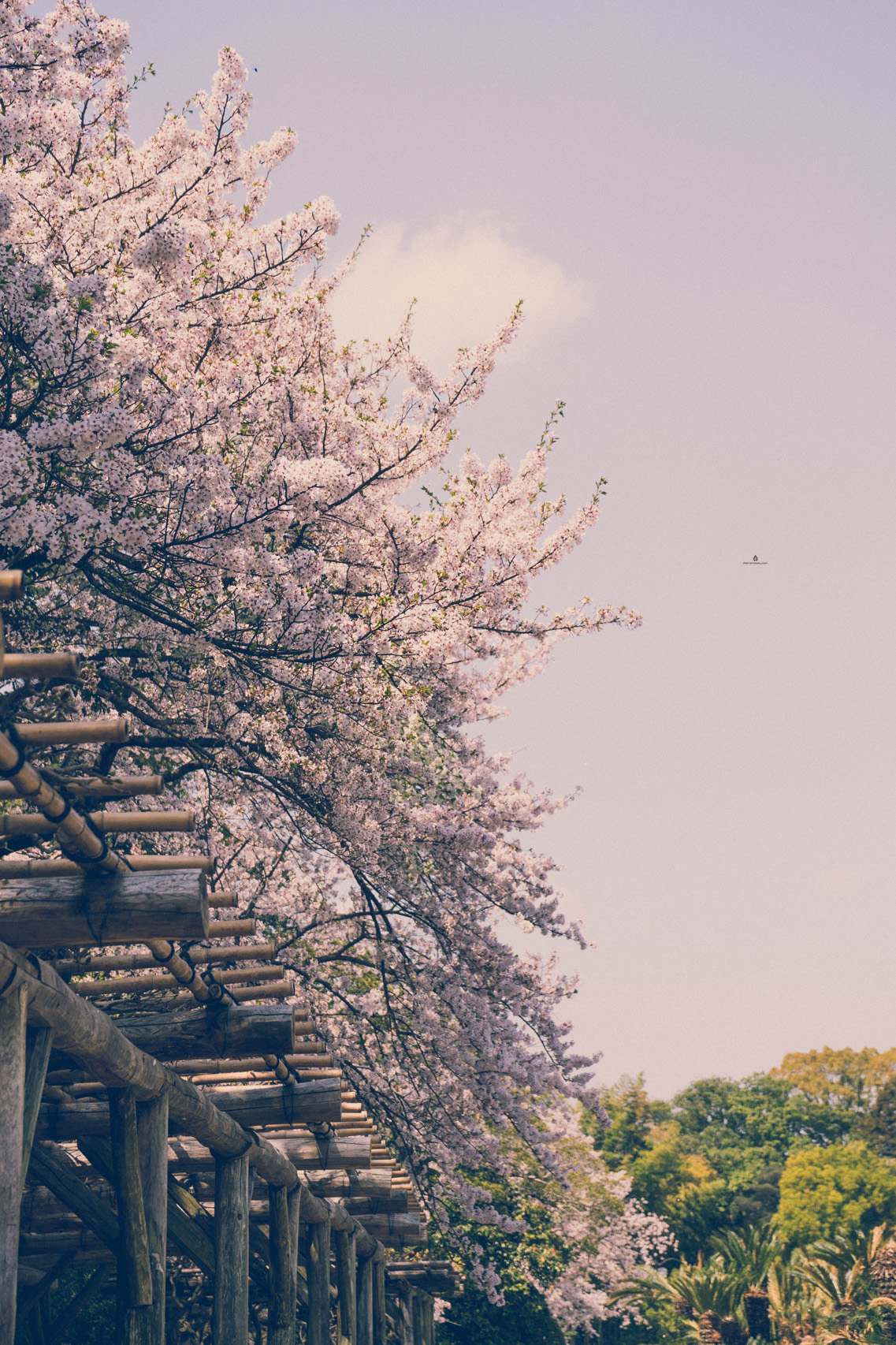
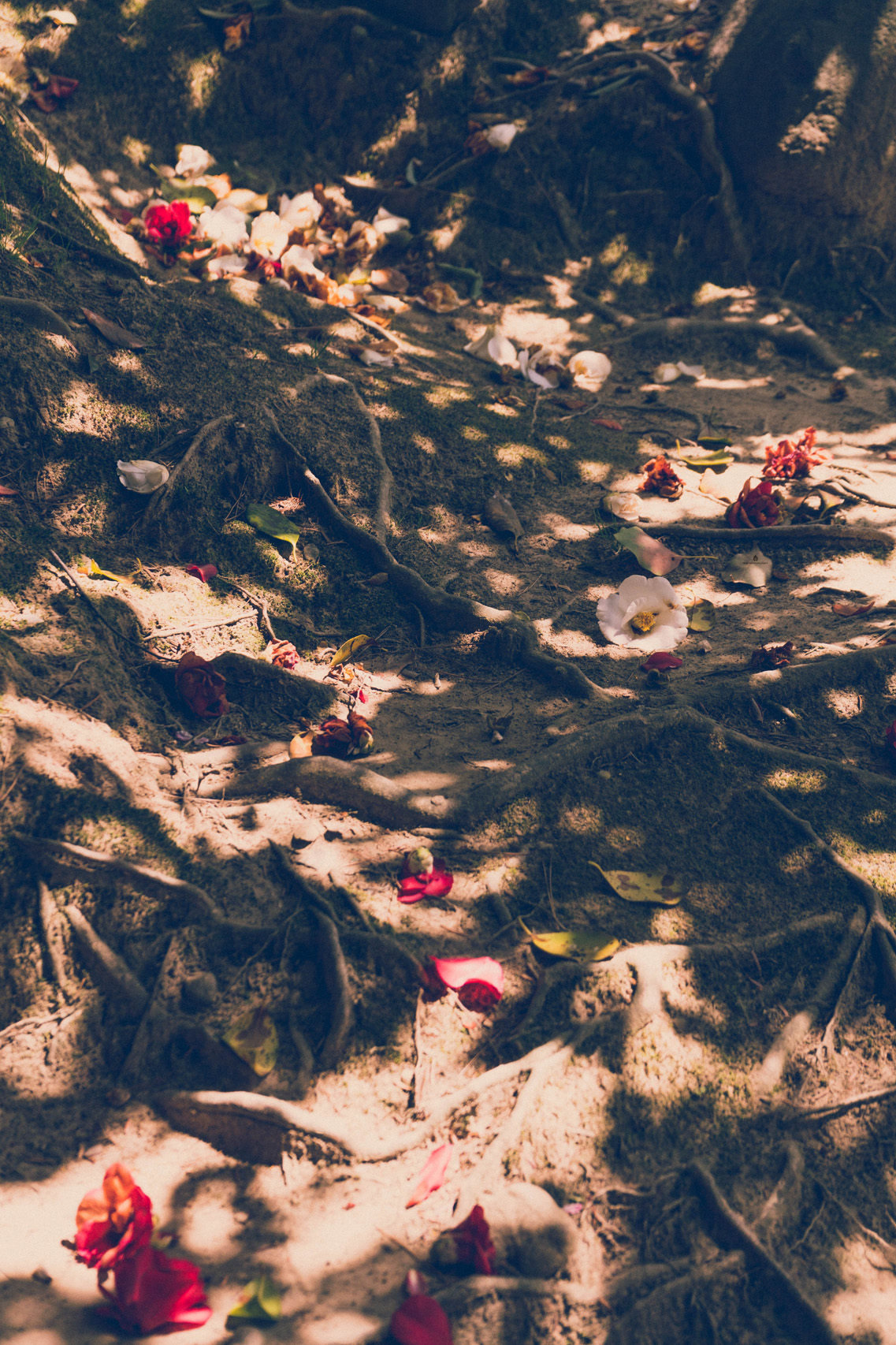


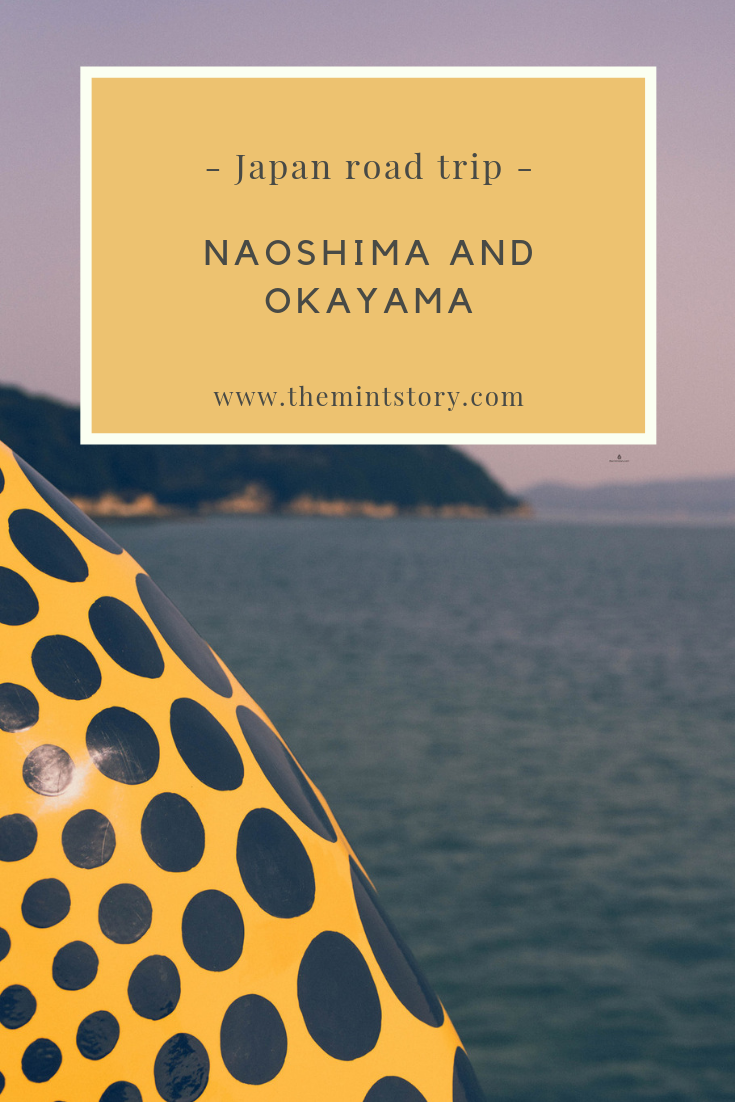
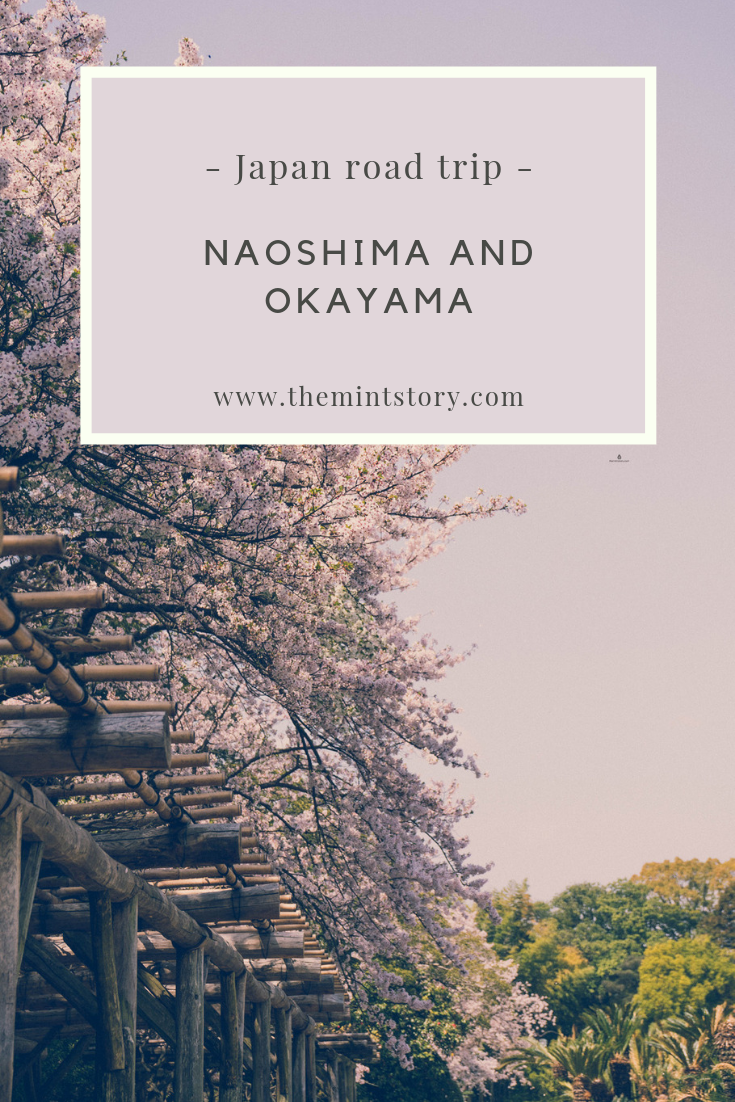

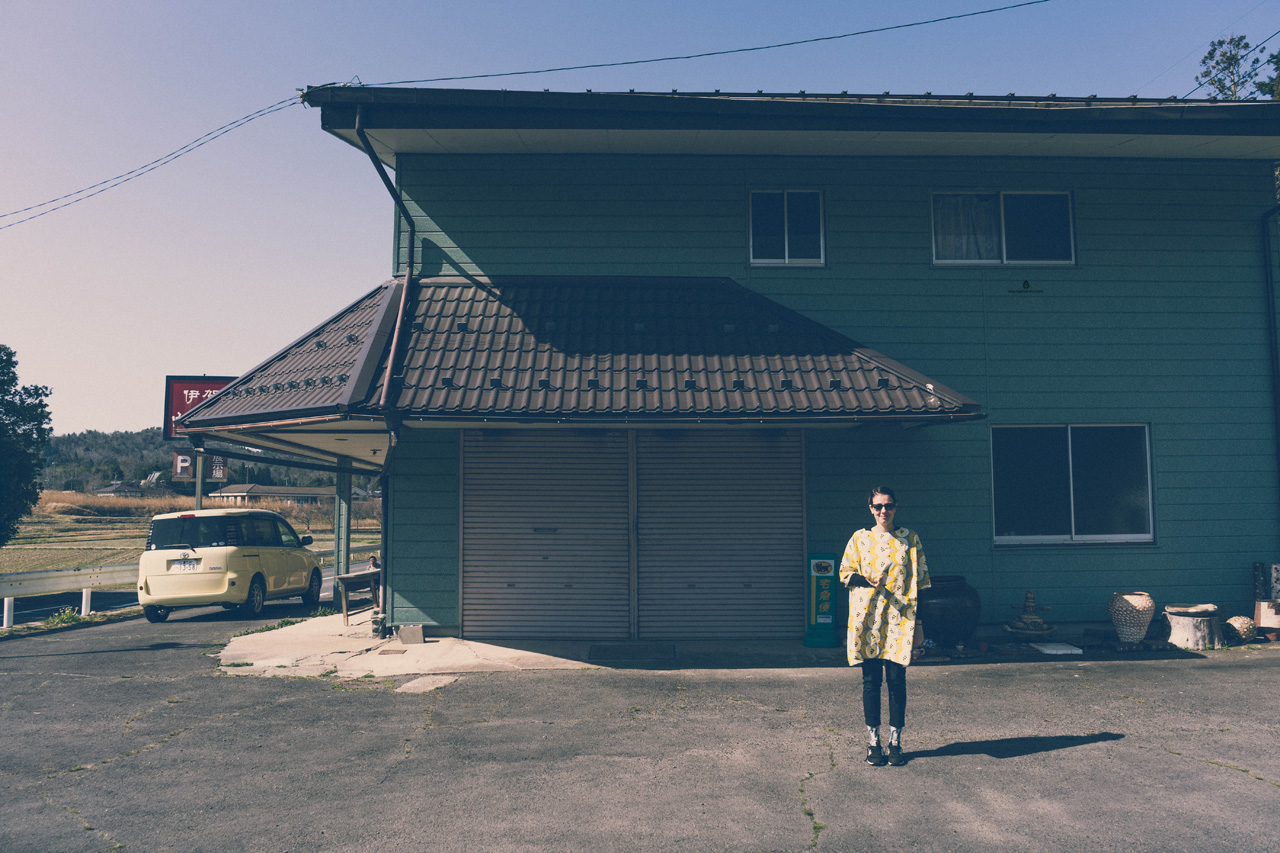
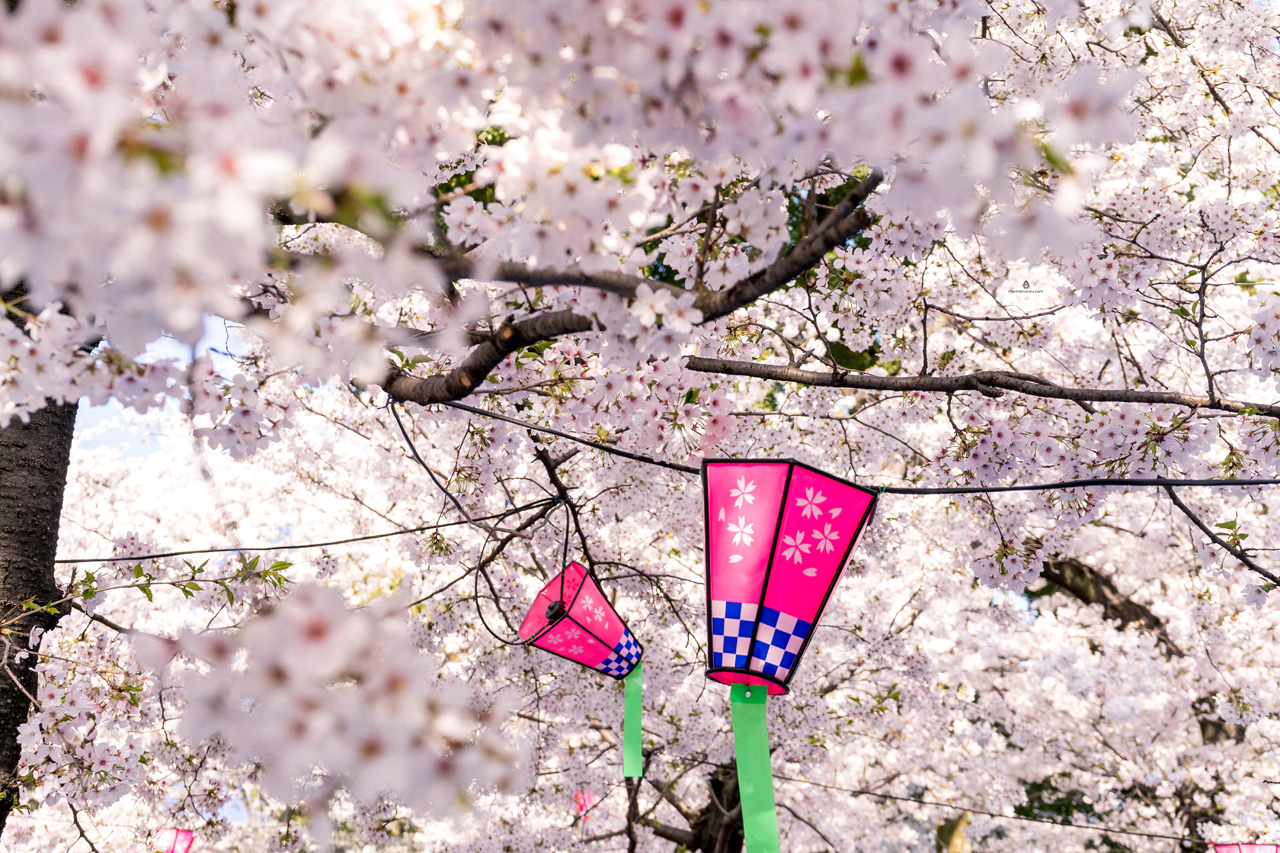



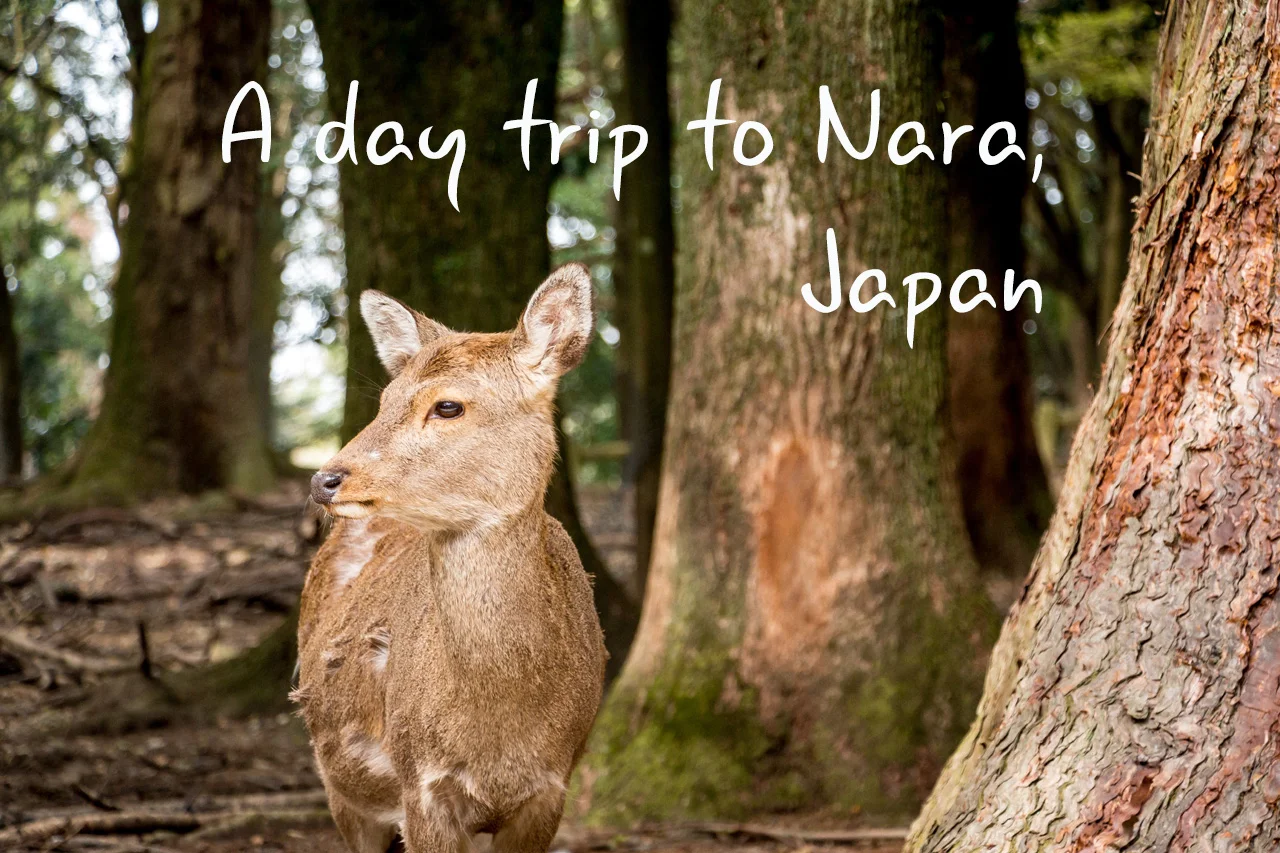

To brush off a bit of the last year’s ugliness, I decided to write another Last year’s favorites post, with the positive things from the last year.